-
Posts
2.067 -
Joined
-
Last visited
-
Days Won
52
Posts posted by Genava55
-
-
27 minutes ago, Diatryma said:
Dawn of man isn't a RTS. is a city builder with other mechanics.
It is like Stronghold, a mixture between a RTS and a city builder or Empire at War, a mixture between a RTS and a RTT (Real-Time Tactics). Hard to see the limit between these concepts.
-
 1
1
-
-
1 hour ago, Alexandermb said:
is a good start? trying to get some of them done starting by the oval Variant.
These are very nice, a lot of variation and you find a very smart way to use and assemble them for the future.
Is there a classification for the shield bosses? I mean something like shield_boss_a, shield_boss_b, etc.
-
52 minutes ago, Alexandermb said:
they can be recicled to other factions? doing this means: future shields textures updates would use already done work making it faster to do and more shields variants in the future.
Clearly, yes. Shapes are shared by a lot of cultures. In fact the oval and ovalish shields are probably from the Italics and the Etruscans, and got adopted by the Celts during the 6th century BC at the end of the Hallstatt culture. Iberians started to use much more the oval shields because of the Carthaginian, Roman and Celtic influence. The thureos from the Greeks could come from an inspiration took from their experience with Italic and Celtic mercenaries during the 5th and 4th century BC and the following Gallic invasion in the 3rd century BC.
The shield bosses are more distinctive between the cultures but some can easily be shared.
-
 3
3
-
-
If it is possible to make an evolution for the Bariogaisatos:
Basic => no helmet, different haircuts, cape or no cape, medium or tall shields.
Advanced => Montefortino and ciumesti helmets, crested or not crested, cape or no cape, golden torcs, tall shields, shield bosses (umbo)
Elite => Port, Mihovo and Foret helmets, crested or not crested, Cape, Golden torcs and armlets, tall shields, shield bosses (umbo)
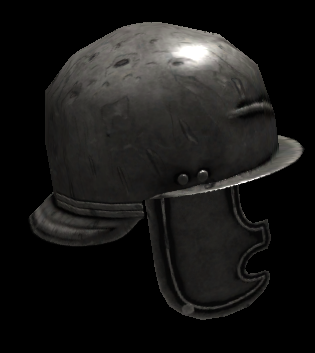
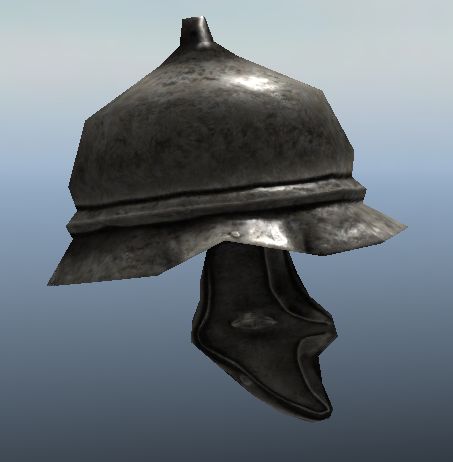
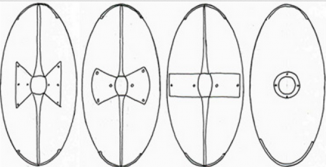
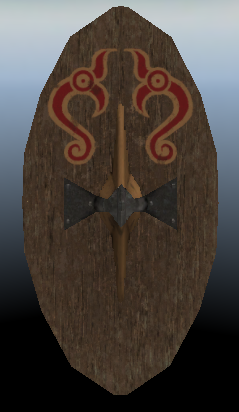
-
 2
2
-
-
7 hours ago, wowgetoffyourcellphone said:
I wish we could have noise maker units with a rechargeable effect, like in AOM.
Effect: Roman and Greek units shitt their tunica and chiton instantly
-
 2
2
-
-
42 minutes ago, Sundiata said:
Now that you mention it, it would be interesting to explain the ritual aspect of their nakedness (I know there's debate about it, but let's be real, it was probably ritual more than anything, no?). It wouldn't be the only civ to recruit a special unit from their temple either.
Nakedness from an Indo-European view is something common and is making reference to a kind of animality and natural force. Berserkir are often depicted as naked as well. Nakedness is often associated with homeric warriors and Greek art. 7th and 6th century hoplites are often represented as naked, notably by the Spartans and the Etruscans here, here and here (+bonus). Clearly, the thing has continued by being an artistic license but it seems that it has roots from an older ethos. Greek art, historiography and mythology are full of these archaisms about nakedness and furious warriors.
Less known, exterior from the Indo-European world, some Assyrians warriors have been described as naked enraged warrior in the Tukulti-Ninurta Epic: “They are furious, raging, taking forms strange as Anzu (Assyrian eagle-dragon). They charge forward furiously to the fray without armor, They had stripped off their breastplates, discarded their clothing, They tied up their hair and polished… weapons, The fierce heroic men danced with sharpened weapons. They blasted at one another like struggling lions…”
Nakedness in religious function is also known in India with the gymnosophists (as they were called by the Greeks). But in the case of the Wales mythology, it is making reference to youthfulness and to championship. Irish mythology shows that furious warriors can take any rights through their strength, even women and properties. Tacitus account of the Germanic Chatti suggest the same, where these warriors are sacred, start any battle and have the right to go where they want.
In my opinion, fighting naked is a mean to access to higher position and higher recognition. Maybe it opens the right to enter the retinue of some nobles or some warrior brotherhoods. Probably it was something more common in youth peoples to start their warrior career.
How much it is related to rituals and religion? If we look into the Germanic culture, there are rituals and rites before acting like a heroic warrior. Some kind of oaths to take in front of its comrades, an offering to do, an animal to skin or a dance to perform... there are indications for all of these.
-
 1
1
-
 2
2
-
-
3 minutes ago, Alexandermb said:
thoughts on this illustration for posibly peytral?
The artist took his inspiration from the re-enactment of a french association:
Excepted the infamous round shield, the illustration is legit. These kind of attachments in the front of the horses are plausible. An example from a relief in North Italy:
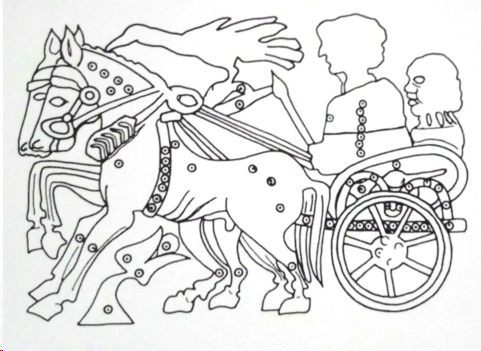
-
 1
1
-
 1
1
-
-
@wackyserious If you want a variant for the Britons:
SpoilerAnd if you want variation for the head, you can use the bird helmet from Tintignac as a variant too.
But for me, the druid is ok.
-
 1
1
-
-
6 hours ago, stanislas69 said:
I wonder though where it will be recruited if the tavern is replaced by the auditorium and what the auditorium will be for. I need to add carnyx maybe shingle roofs and then commit it
If we consider them as fanatics warriors, they could be recruited from the sanctuary. It will fit nicely I think since the new sanctuary is more warlike than the current one.
The auditorium/assembly should be a third phase building, permitting to recruit the champions, maybe carnyx too, new technologies etc. We know for sure thanks to Caesar that Gallic "senators" and aristocrats fought in the battlefield.
5 hours ago, Sundiata said:I could easily imagine the "auditorium", which probably functioned as some sort of assembly building for nobles, as the place where nobles came together to make important decisions, like hiring a bunch of naked fanatics for the upcoming campaign or whatever.
It could be. The only thing is that this kind of building is something developed in the late phase of the La Tène culture, when it was in a urbanization stage. Thus a third phase building. While the Gallic naked warriors are known from the third century BC, before the urbanization, and it is expected to be a second phase unit in the game. Maybe the assembly/auditorium is better suited to unlock regional units (political alliance).
-
 2
2
-
-
1 minute ago, stanislas69 said:
Guess it could be an upgrade maybe ?
Isn't it intended to be a special or champion unit? Did champion have upgrade too ? Anyway, regular or champion, both are okay.
-
39 minutes ago, stanislas69 said:
Did they wear helmets @Genava55 it seems awkward to have an helmet when you are naked...
It depends on the reasons why you are naked. It is hard to know if it is a religious thing, a tradition, a habit or anything else. But anyway there are indications for both, with and without:
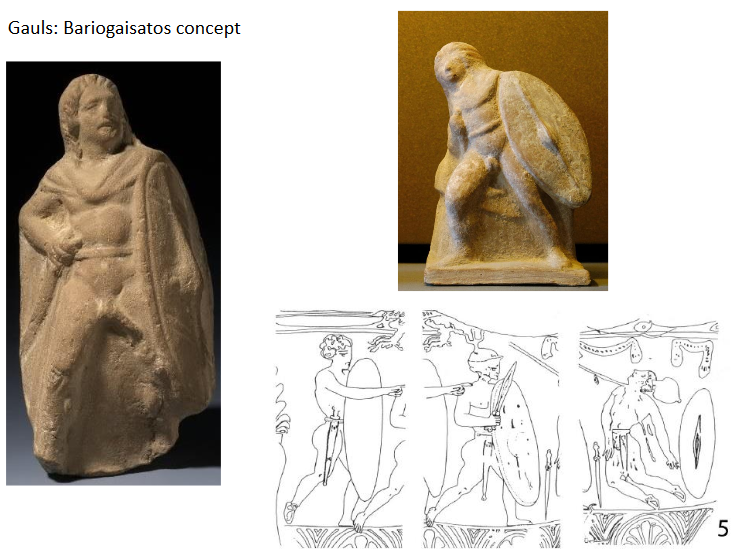
-
Exmoor pony
https://en.wikipedia.org/wiki/Exmoor_pony
Mérens horse
https://en.wikipedia.org/wiki/Mérens_horse
In "The Horse in the Ancient World: From Bucephalus to the Hippodrome", chapter 3: "The argument that horses were transported during the Bronze Age from the continent to the British Isles predisposes the notion that these horses must have been domesticated as the idea of trying to bring wild horses across the Channel is ridiculous in the extreme! Undoubtedly the Celts who migrated to Britain from the Continent did import their local horses when they moved across the Channel. There are, however, some difficulties with the argument that all of the ‘native’ breeds are descended from these imported animals – particularly with regard to the Exmoor pony. Speed wrote: The Celts imported a small 10 hands high pony but it does not appear to have been pure-bred, because it had some of the characters of the eastern small pony and some characters of the southern horses. It is found buried in the graves of the Celtic settlements and was a somatic horse, but it obviously did not succeed in establishing itself in a wild state here, and its bones show evidence of diseases. Other Celtic period graves indicate that there were at least two types of horse living in Britain at this time. The graves from Blewburton included ‘a slender stallion of about 11 hands while the other was identified by Speed as the original British pony type’. It is not surprising that the Celts would have brought over their own native horse when they crossed the Channel. Why would they not? These were the animals they were familiar with that were tamed and trained in the style used by the Celts. It is also not unreasonable to assume that, upon settling into life on the British Isles, the Celts began to look at the native British Hill pony as a useful animal. Their imported horses were not well suited to the climate and fodder of the Isles, particularly in the moorland areas. The Continental horses would have lacked the physical adaptations of the British Hill pony. So the imported horses would have required more human assistance to survive. Their unsuitability for life in Britain does not mean the Celts would have abandoned breeding their imported horses. I think quite the opposite would have happened. The difficulty in keeping these animals would have made them all the more significant and valuable. The extra care required for their upkeep translated to a greater cost, thereby increasing the status associated with the owners of these horses. What about the native ponies of the British Isles? The logical answer is that the Celts began to make use of the local equine populations. Given the value of the imported horses they would not have been used for regular, everyday work or as a food source. Instead the Celts could turn to the native British ponies: they would have been comparatively inexpensive to keep. Crosses – whether through intentional breeding practices or otherwise – between the native ponies and imported horses must have occurred creating yet another type, the optimal specimen of which would have carried the best qualities of both types. As Baker correctly states, The Celts began the practice of importing animals to the British Isles and in the case of horses and ponies, it was to continue throughout history. Man quickly found that the genetic flexibility which had served the horse family so well in its natural history provided a wonderful basis for animal husbandry."
For the burial of the horsemen at Gondole, the horses and geldings have a height of the withers between 118 and 130 centimeters:
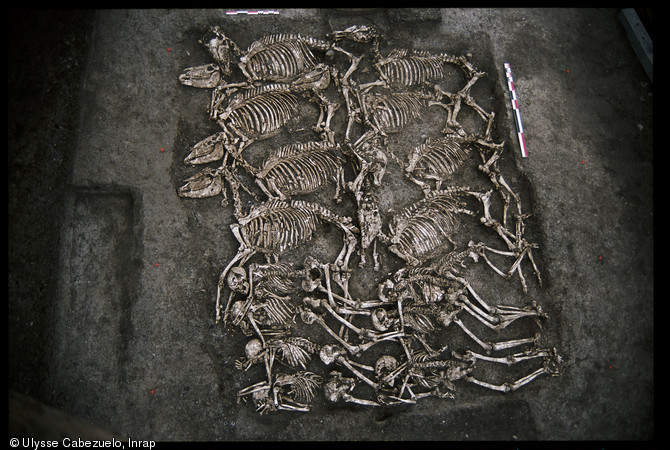
Here a diagram of distribution of the height of the withers (horizontal axis) from the horses remains found in two places in France:
Caesar, Book 4, Ch2 : "Merchants have access to them rather that they may have persons to whom they may sell those things which they have taken in war, than because they need any commodity to be imported to them. Moreover, even as to laboring cattle, in which the Gauls take the greatest pleasure, and which they procure at a great price, the Germans do not employ such as are imported, but those poor and ill-shaped animals, which belong to their country; these, however, they render capable of the greatest labor by daily exercise. In cavalry actions they frequently leap from their horses and fight on foot; and train their horses to stand still in the very spot on which they leave them, to which they retreat with great activity when there is occasion; nor, according to their practice, is any thing regarded as more unseemly, or more unmanly, than to use housings. Accordingly, they have the courage, though they be themselves but few, to advance against any number whatever of horse mounted with housings. They on no account permit wine to be imported to them, because they consider that men degenerate in their powers of enduring fatigue, and are rendered effeminate by that commodity."
=> it seems to be corroborate by the finds of >140 centimeters horses during the 1st century BC among the Gauls
-
Maybe all of you should differentiate the part where it is about helping and the part about debating. Conflictual talk is common and not necessary a problem when it is for the sake of the debate, but in this case it is maybe getting out of hand because the stakes are high. I suggest you to remember that any of your choices are good enough for the public. Even modern Greeks won't notice the difference I think. Only people with a scholar level in ancient Greek could. Anyway, a transliteration is something mandatory problematic because a part of the information is lost or corrupted. Even in the ancient times transliteration of ancient Greek wasn't perfect.
And if there is something I am sure about, it is that experts are difficult to satisfy. Remember it is a game and by essence it is impossible to really portray a culture in a perfect way in this media. I think historical accuracy is more a matter of how you want the players to remember the cultures that you are portraying. How you broke cliché, how they learnt a different view and how will remains their imaginary about these ancient cultures.
Thus if you want to debate and to get a consensus, remember that the stakes are not that high. Try to take some pleasure on the process of debating and exchanging knowledge before to worry about the final result. More humility and less taunting are the first steps to a healthier debate.
-
 2
2
-
-
Arrian comments on the exercise of the Roman cavalry (hippika gymnasia)
"Besides, I am not unaware that it will be difficult to explain every word, for most are not even Latin names, but some are Iberian or Gallic, when they are Gallic practices that the Romans have appropriated, Gallic cavalry having in their eyes a strong reputation in battles. Indeed, among other things, it is for this reason also that the Romans are worthy of praise: they did not content themselves with their own ancestral customs but retained everywhere what was good and appropriate it. Thus we realize that some have borrowed weapons (and today they are called Roman because the Romans have particularly well used), others military exercises, the chairs of their judges and the dress lined with purple. Borrowing from other peoples even gods, they honor them as if they were their own. At least their rituals, it is said, are still performed today, for some, according to the usage of the Achaeans, and for others following the common usages of all Greeks. Some rituals are even Phrygian."
"It is at this point that good horsemanship is especially needed to be able simultaneously to throw at those who are charging in and to give one's right hand side the protection of the shield. When riding parallel to his target, the rider must swivel himself to the right in order to throw; when making a complete about-turn, he must throw in the matter called, in the Gallic tongue petrinos, which is the most difficult of all. For he must turn right round as far as the tenderness of the sides will allow, to face the horse's tail, so as to throw backwards as straight as possible, and having done so, he must quickly turn forward again and bring his shield to cover his back, since if he turns without getting protection, he exposes a vulnerable target to the enemy."
"They advance first with pikes leveled in defensive style, then as though they were overtaking a fleeing enemy. Others, as if against another enemy, as their horses turn, swing their shields over their heads to a position behind them and turn their pikes as though meeting an enemy's assault. This maneuver is called in Gallic toloutegon. Also they draw their swords and make a variety of strokes, best calculated to overtake an enemy in flight, to kill a man already down, or to achieve any success by a quick movement [along] from the flanks. Nor is this all: they demonstrate in as great a variety as possible, the number of shapes and forms which can be given to the act of leaping on a horse. Finally they demonstrate how a man wearing his armour can leap onto a horse when it is running. Some call this the 'wayfarer's jump'."
"And every man called must answer: "present! Hearing his name shouted aloud, and immediately pushing his horse, armed with three spears. He must shoot first towards the target by placing himself at the end of the land whose land has been turned over, the second from the stand itself, while the horse continues to march straight ahead, and the third, he does things according to the rules and as the emperor prescribes them, while the horse rotates to the right, on another target, set up expressly on the order of the emperor to receive the third lance. This is the hardest pitch of all, as it is done before the horse has completely terminated its maneuver, while the movement itself is being made. It is indeed the launch that is called xunèma, in Gallic language, that he must execute, and which is not easy to achieve with a javelin without iron."
-
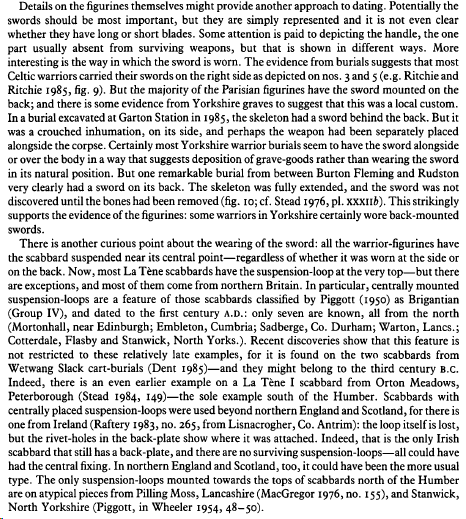
From "Chalk Figurines of the Parisi" by Ian M. Stead
-
 1
1
-
-
-
20 hours ago, SDM said:
By 500 BCE, Britons would be using both iron and bronze swords, too.
The Ewart Park and Llyn Fawr phases are a reminiscent bronze age period where the bronze weapons are becoming less and less popular. By 500 BC, there is very very little chance that bronze swords were still in use. Especially because the 6th and 5th century were a period of strong transition to the iron age with clear cultural influence from the continent. More precisely, it is the time where iron daggers were adopted and accepted by the natives:
http://sci-hub.tw/https://doi.org/10.1017/S0079497X0001608X
21 hours ago, SDM said:Here's an Iron blade from the Hallstatt culture that coexisted with the La Tene culture from a British museum catalogue: https://www.britishmuseum.org/research/collection_online/collection_object_details.aspx?objectId=829507&partId=1&searchText=sword&matcult=29381&page=2
This blade comes from the Marne and Champagne regions in France. It is one of the birthplace of the La Tène culture, where we see the transition between a local iron age culture influenced by Hallstatt to a fully expression of its own culture that will spread and become La Tène during the 5th century. The phases of this transition have their own denomination, Jogassien (530 - 475) and Marnien (475-400).
21 hours ago, SDM said:around the time of 0 A.D
If 0 A.D. is focusing on the time period between 500 to 0, why including the Hallstatt culture that is disappearing during the beginning of this timespan? By 450 BC, the Hallstatt is ended.
21 hours ago, SDM said:And here are some reproductions of the types of European bronze swords, including one Hallstatt C type and one Ewart Park sword: http://www.bronze-age-swords.com/British_and_European.htm
As you pointed out, the Hallstatt C is ending around 600 BC. Hallstatt D is the next phase and during this, the daggers are becoming more popular than the longswords.
-
 2
2
-
-
5 minutes ago, Zaza17 said:
Oooooooooooooh, j'avais cherché un bout de temps sans trouver !!! Un immense merci !!!!!!!!!!!!!!!!!!!!!!!
De rien, j'avais pas compris que c'était ça ton problème ;-) Moi aussi la première fois j'avais pas trouvé tout de suite.
-
8 minutes ago, Zaza17 said:
Comment fais-tu pour choisir entre capturer et détruire un bâtiment ennemi ?
Ctrl+clique souris sur le bâtiment ennemi. Ca switch entre capturer et attaquer.
-
Salut, je suis pas un bon joueur, ni un régulier mais je vais essayer de répondre sur un point.
1 hour ago, Zaza17 said:- Comment choisit-on entre capturer et détruire un monument ennemi ? Quel est le mieux ? J'ai capturé une caserne, y ai installé mes troupes... et qu'aurais-je du faire après ? Car là, mes hommes sont morts. :-(
En général le mieux c'est de détruire parce que ça te coûte moins d'hommes et tu n'as pas le risque de faire une action inutile en laissant l'IA recapturer les bâtiments après t'avoir repoussé. Si tu captures une caserne, regarde si tu as des hommes à soigner, tu les fous dedans un petit moment mais après ça tu détruis le bâtiment. Mais capturer les forteresses et les tours ennemies peut se révéler une tactique efficace si c'est murement réfléchi et planifié (faire ça à l'arrache non). L'IA a toujours la même façon de réagir, c'est juste une suite d'algorithmes. Capturer une forteresse pendant une attaque peut être une stratégie pour épuiser les hommes de l'IA. Tu captures le bâtiment, tu fous une dizaine d'hommes dedans, tu gardes de la cavalerie et des javeliniers en retrait, tu provoques l'IA pour qu'elle vienne attaquer la forteresse et tu contre-attaques quand elle a plus de soldats.
D'ailleurs tu peux aussi profiter du fait que l'IA cherche à capturer tes bâtiments dans une partie. Tu les utilises pour lui faire perdre du temps et des hommes.
-
An example of a very problematic subject about horned helmets in Roman relief, the Glanum monument. It is a cenotaph (memorial) of three peoples having won the citizenship under the Roman army (but maybe a generation before the three peoples deceased, through their father). Monument dated between 30 and 20 BC.
It is why Europa Barbarorum choose to represent veteran legionaries with horned helmet too:
https://www.deviantart.com/tuxalin/art/Horned-helmet-with-mask-601415722
https://www.youtube.com/watch?v=ioqSlJbgnK0
-
Britons heroes:
Caratacos - Son of King Cunobelinos.
Spoiler
With the help of his brother Togodumnos, he attacks Verica, the king of the Atrebates, and seizes his kingdom. Verica takes refuge on the continent, asks, and gets the help of Rome. The conquest of island Brittany begins ...
In 43 AD, he took the lead against Rome, which was beginning to invade the island. He was beaten on the Medway and then on the Thames, then at Camulodunum (Colchester), his brother Togodumnos was killed in the first engagement. He took refuge among the Silures.
In 49 AD, he again attacked the Romans with the help of the Silures and Ordovices. Again vanquished, in a battle in which his wife, daughter, and brother were captured, he took refuge with Cartimandua, the queen of the Brigantes. Unfortunately for him, she did not wish to have problems with the Romans, and that is why she gave him to the Romans.
Brought to Rome, he was pardoned in 51 AD by the Emperor Claudius, following the speech he addressed to him during his triumph. But he could never return to the island of Brittany.
A remarkable quote from Caratacos, for the attention of Emperor Claudius: "If you [the Romans], you want to command the whole world, is this a reason for the whole world to submit to your law?"An interpretation from Angus McBride:
Anthropomorphic sword, 1st century BC, Yorkshire:

https://myarmoury.com/nateb_swor_dt201A.html
Chain mail Kirkburn 3rd/2nd century BC:
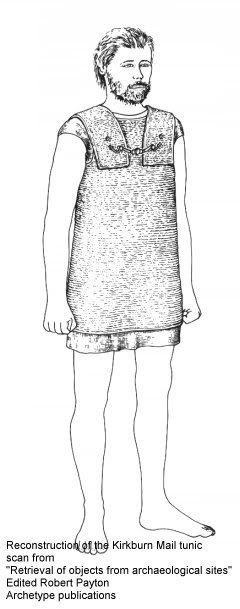
The South Cave British sword:
The Chertsey Shield 400 BC - 250 BC
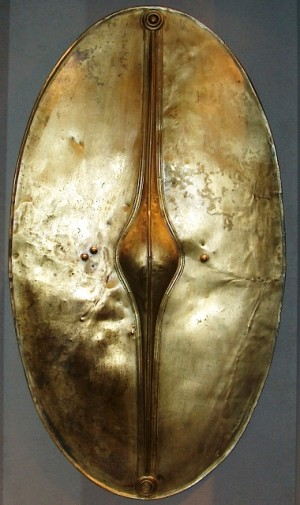
Witham shield - 4th century BC
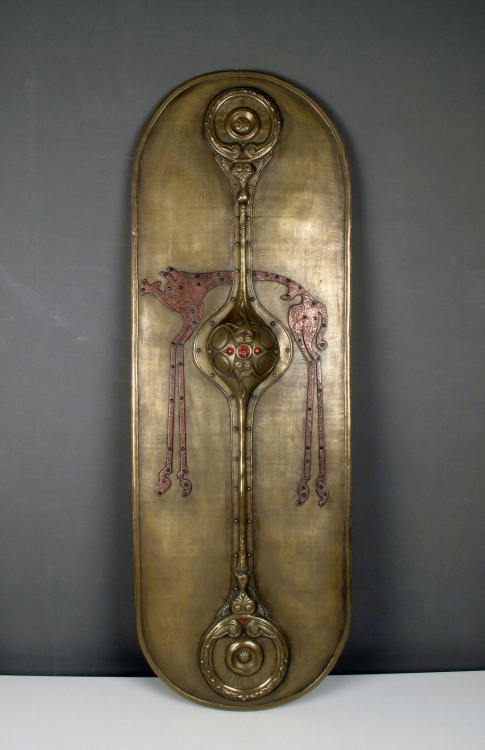
Battersea shield - 2nd-1st century BC
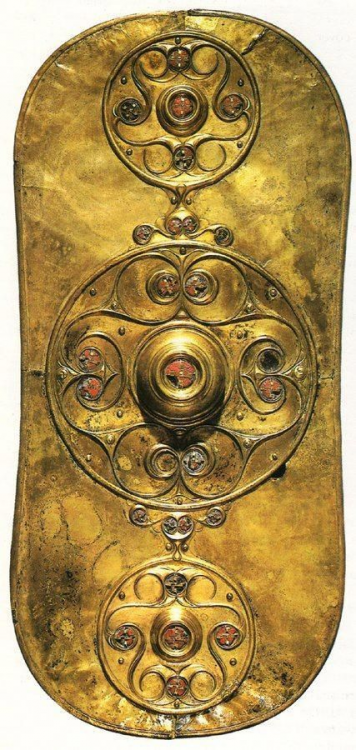
Cunobelinos
Spoilerhttps://en.wikipedia.org/wiki/Cunobeline
The Waterloo helmet (150-50 BC):
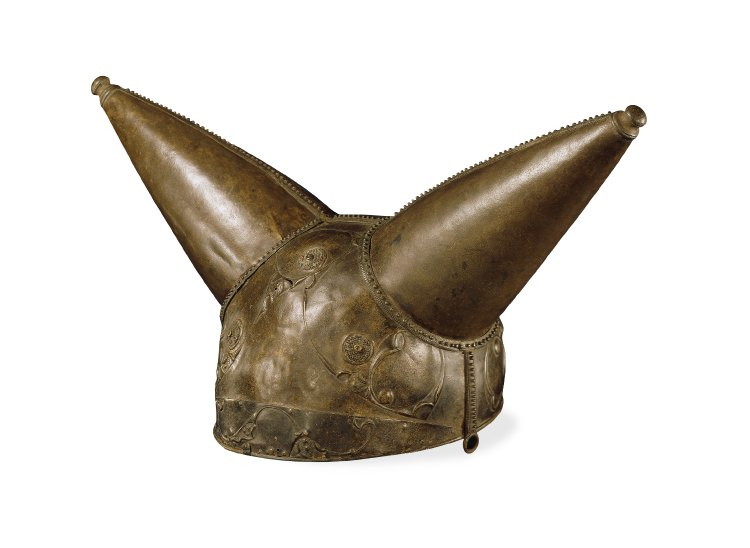
Kirkburn Sword
Chain mail Kirkburn 3rd/2nd century BC:

The Chertsey Shield 400 BC - 250 BC

Witham shield - 4th century BC

Battersea shield - 2nd-1st century BC

Bouddica
SpoilerRiver Thames 200-50 BC
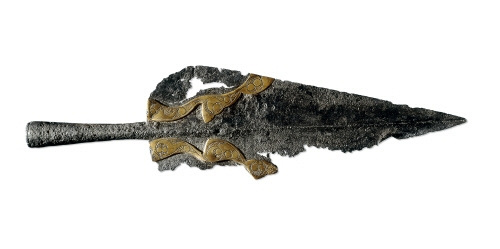
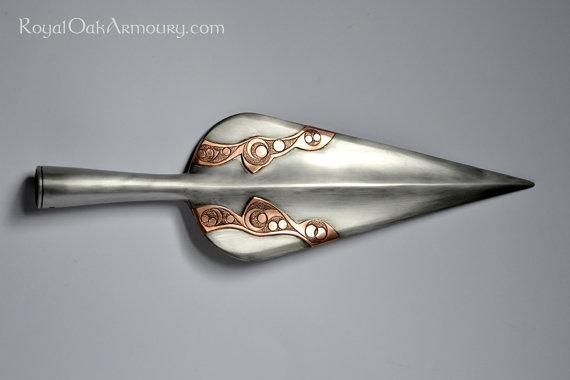
The Chertsey Shield 400 BC - 250 BC

Witham shield - 4th century BC

Battersea shield - 2nd-1st century BC

-
 2
2
-
-
I did some research for more diversities for the heroes. Italic bronze cuirass, small possibility of a borrowing in Italy but uncertain. Horned helmets seems to be possible but there are clear confusion from the Romans about Gauls, Galatians and Germans and about the helmet type (Greek helmets everywhere in their relief, even too old models). I am still skeptical on the horned helmet uses and I prefer a use for the Epouanos unit but it depends of your opinion. For Vercingetorix, I think a crested-helmet is the better option, not the horns or the wheel.
Brennos design:
SpoilerSeveral possibilities:
Agris Helmet:
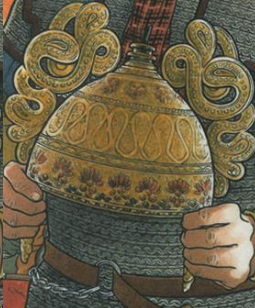
Canosa di Puglia helmet:
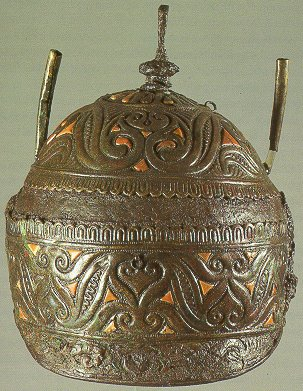
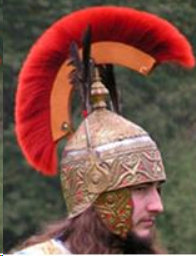
Amfreville helmet:
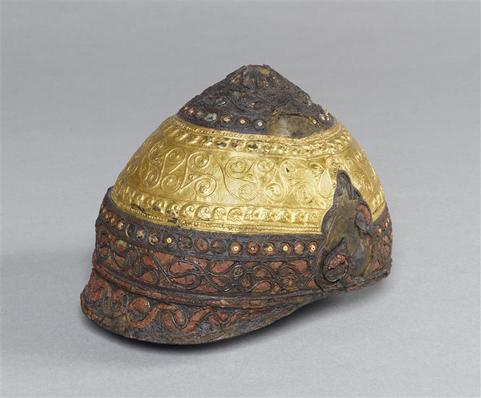
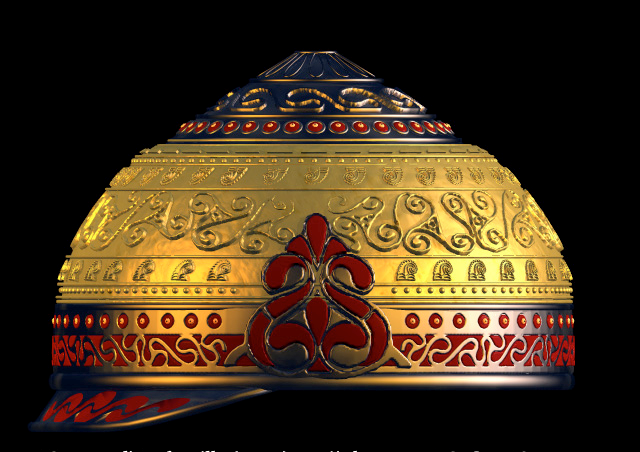
Filottrano sword and scabbard (number 3):
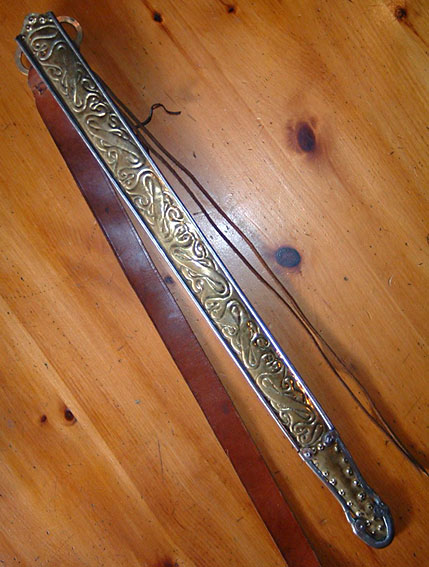
Chain mail armor (statue of Entremont):
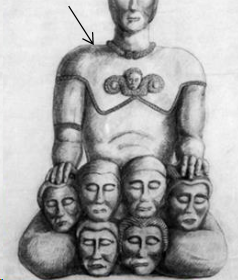
Italic bronze cuirass from Canosa di Puglia (possible borrowing but could be a mixing during the excavation since there was a lot of other weapons):
Shield boss and decorations from a burial in Marne:
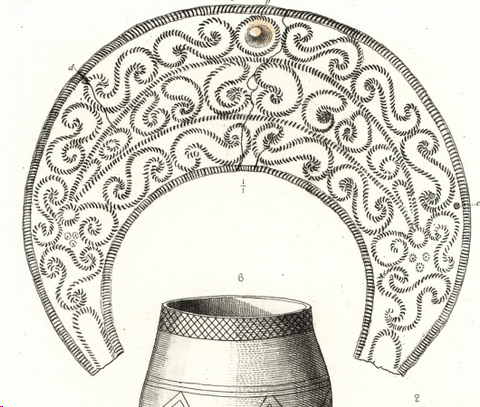
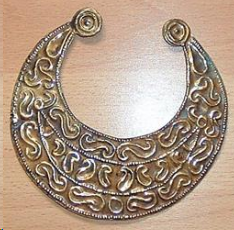
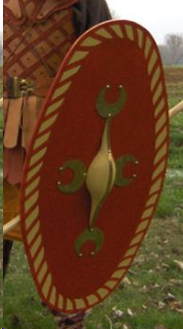
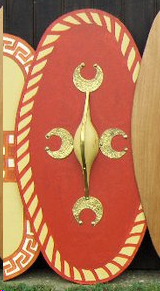
Britomaros/Viridomaros design:
SpoilerUercingetorix (do not forget that Vercingetorix was close to Caesar before the revolt, he was his "contubernalis")
SpoilerChain mail and cape:
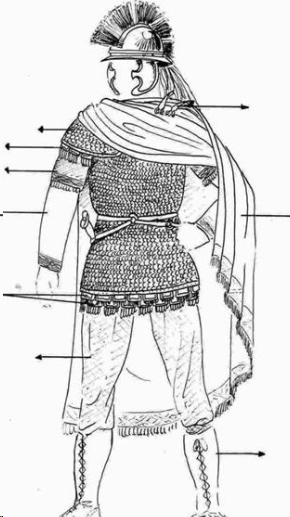
Alesia helmet with a crest:

Helmet with a boar-crest:

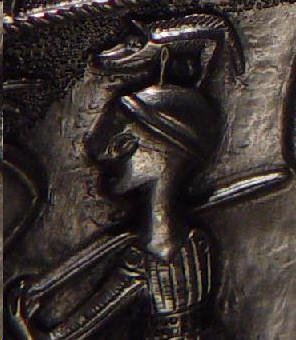
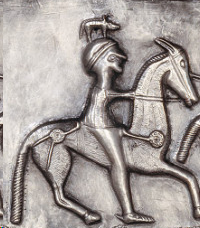
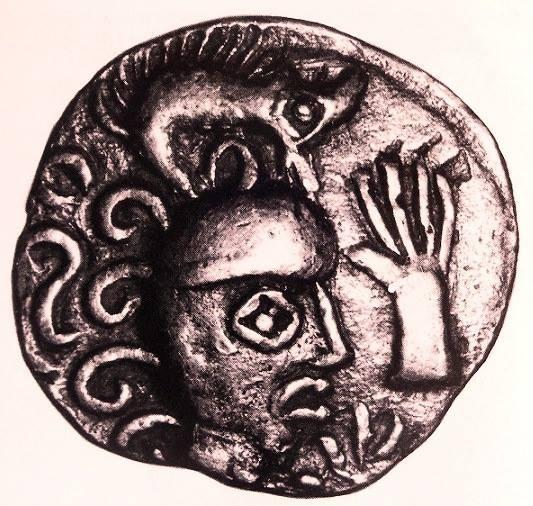
Artistic representation:
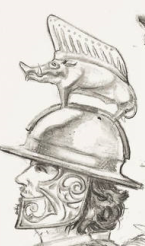
Crested helmet in general :
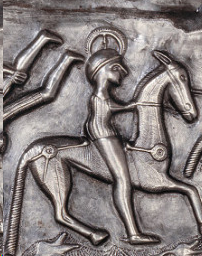
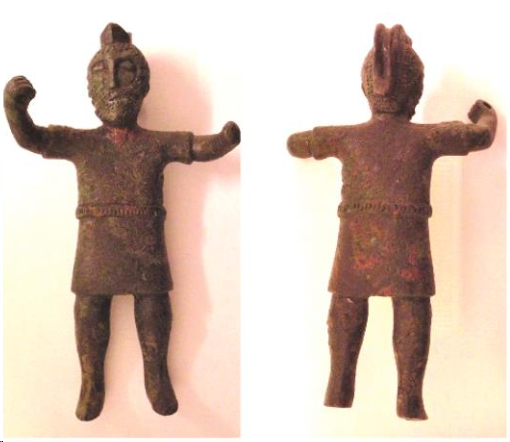

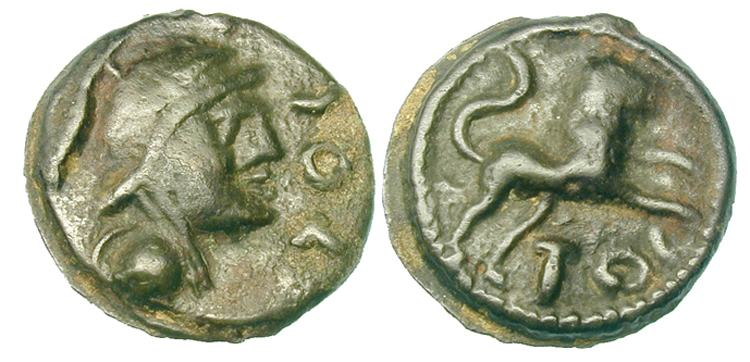
Religious figure on a coin:
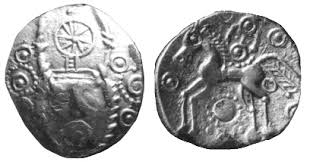
Crested helmet on Rome's enemies :
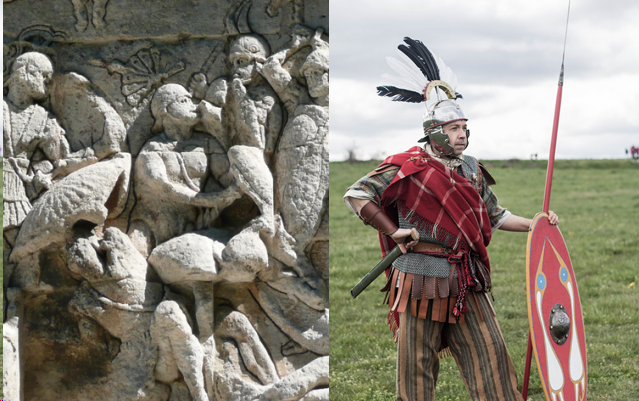
Helmet with horns from Roman representations:

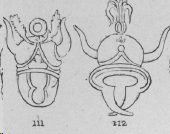
Solar wheel crest from Roman representations:

A relief of Entremont from Southern Gauls (damaged):
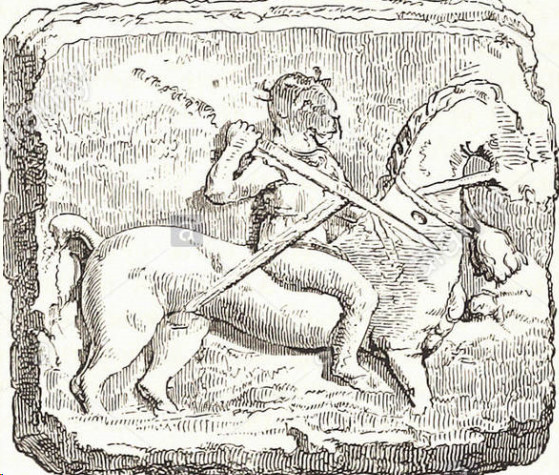
Possible artistic interpretation for the basis of the helmet:
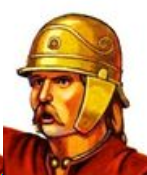
Another artistic interpretation:
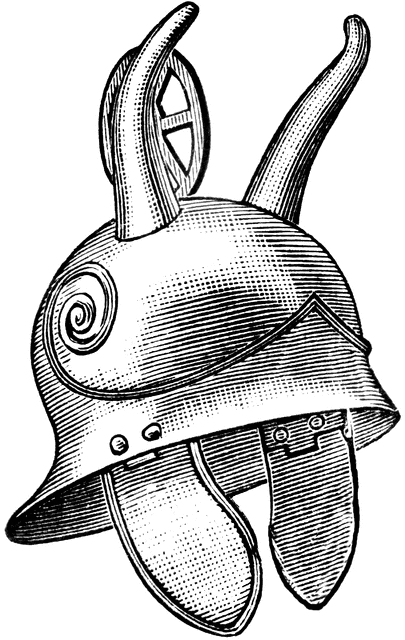
These helmets really look like Hellenistic helmets, are these a mistake of the Roman artists? Maybe. Maybe not.
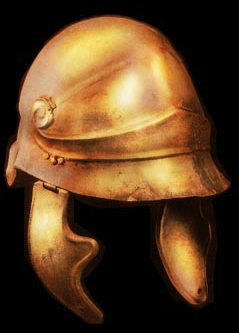
Actually, the only helmet clearly made for horns is very hard to date correctly and comes from a territory between Celts and Germans (Dusseldorf):
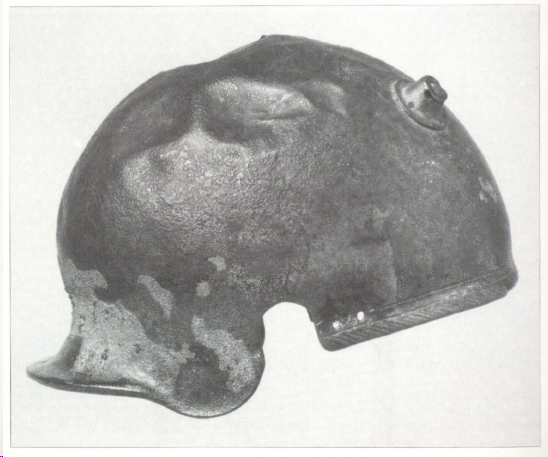
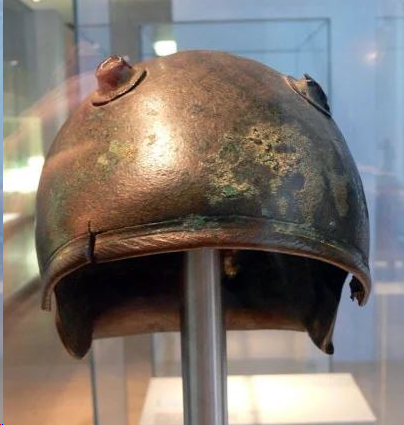
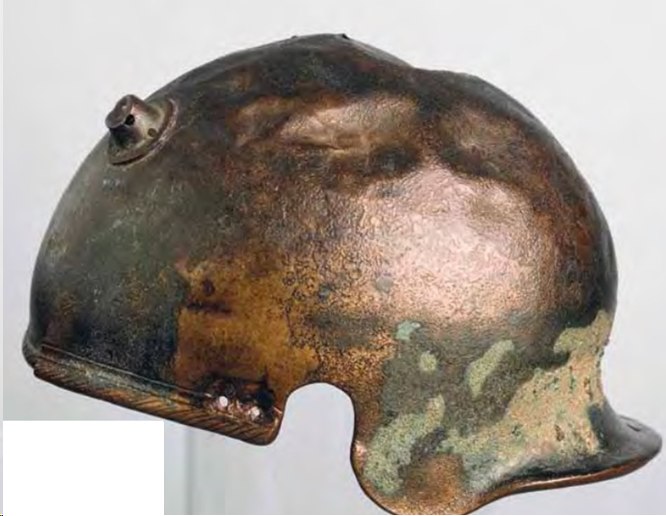
Kessel version of a Port helmet, good basis for a horned helmet as well:
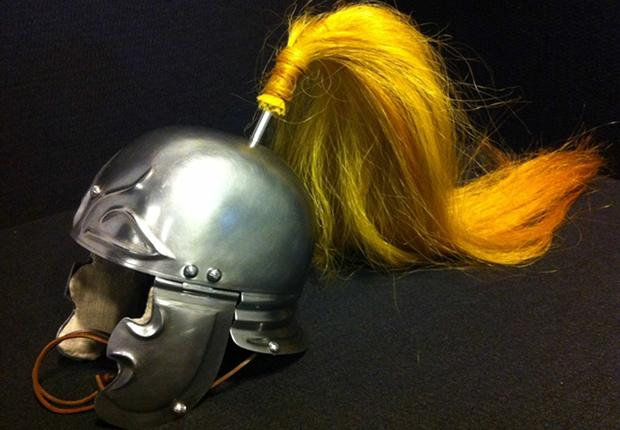
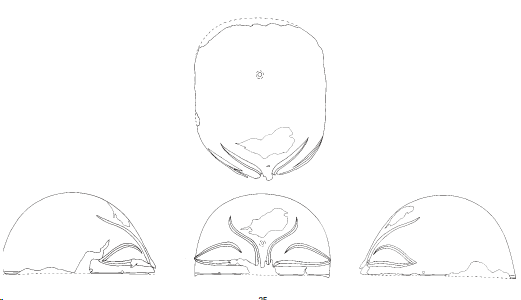
Roman coin of Marcus Aemilius Lepidus and Caius Fonteius Capito :
BUT there is one big mistake with the Roman representations. The Gauls actually have a very typical feature in their representation of bull horns! The round tip at the end of the horns:
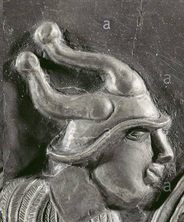
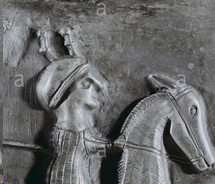

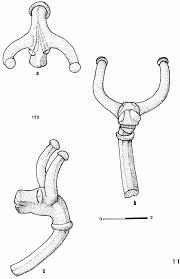
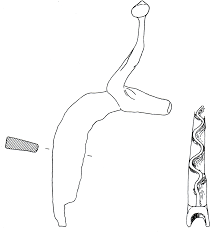
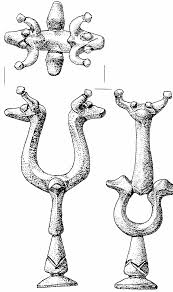
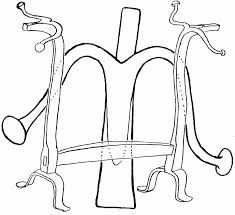
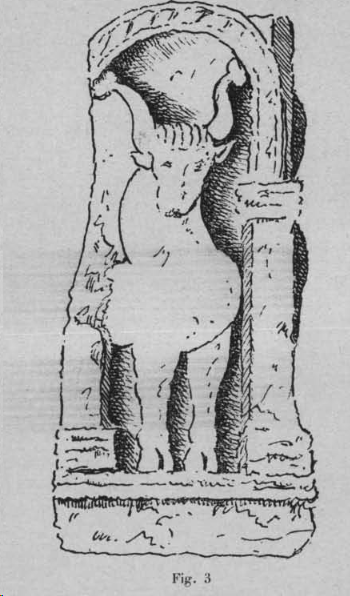
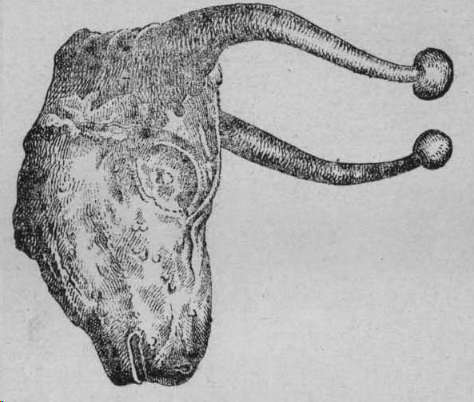
--------------------------------------------------------------------------------------------------------------------------------------------------------------------------------------------------
Gallic third phase champions design - A help to picture these
Gallic elite cavalry from the Late La Tène period (1st century BC) - Suggested name: Comaterecos (Patrician, Senator or Magistrate); Uerouicos (victorious warrior, great fighter); Adscoros (attendant, retainer); Donnoconios (noble warrior, noble fighter).
Description => Alesia, Mihovo, Boé, Port or Foret helmet / Trousers / Cape / Chain mail / Heads / Long shield with shield boss and orle protection
Lepontic axeman - Suggested name: Namantobogios (smasher of enemies).
Description => Port, Alesia, Negau or Ticino helmet / Trousers / Cape / Chain mail or Leather cuirass / one-handed axe / Long shield with shield boss and orle protection
Celtic and Germanic swift cavalry - Suggested name: Epouanos (horse-killer); Uerouicos (victorious warrior, great fighter).
Description => Foret, Port (Kessel), Coolus, Germanic or horned helmet. / Trousers / Tunic or thick tunic / Celtic cape or Bear cape / No shield or Medium shield or Shield on the back / Long lance (Special ability against cavalry? or javelins as a secondary weapons? many ideas possible)
SpoilerPlutarch, The Life of Crassus, XXV: For they laid hold of the long spears of the Parthians, and grappling with the men, pushed them from their horses, hard as it was to move them owing to the weight of their armour; and many of the Gauls forsook their own horses, and crawling under those of the enemy, stabbed them in the belly. These would rear up in their anguish, and die trampling on riders and foemen indiscriminately mingled.
Caesar, De bello gallico, 4: "But the enemy, as soon as they saw our horses, the number of which was 5000, whereas they themselves had not more than 800 horses, because those which had gone over the Meuse for the purpose of foraging had not returned, while our men had no apprehensions, because their ambassadors had gone away from Caesar a little before, and that day had been requested by them as a period of truce, made an onset on our men, and soon threw them into disorder. When our men, in their turn, made a stand, they, according to their practice, leaped from their horses to their feet, and stabbing our horses in the belly and overthrowing a great many of our men, put the rest to flight, and drove them forward so much alarmed that they did not desist from their retreat till they had come in sight of our army. In that encounter seventy-four of our horses were slain; among them, Piso, an Aquitanian, a most valiant man, and descended from a very illustrious family; whose grandfather had held the sovereignty of his state, and had been styled friend by our senate."
Diodorus Siculus, 5, 30: For armour they use long shields, as high as a man, which are wrought in a manner peculiar to them, some of them even having the figures of animals embossed on them in bronze, and these are skilfully worked with an eye not only to beauty but also to protection. On their heads they put bronze helmets which have large embossed figures standing out from them and give an appearance of great size to those who wear them; for in some cases horns are attached to the helmet so as to form a single piece, in other cases images of the fore-parts of birds or four-footed animals.
Diodorus Siculus, 5, 30: The spears (λόγχας) they brandish, which they call lanciae, have iron heads a cubit in length and even more, and a little under two palms in breadth.
Port helmet from Kessel:


Horned helmet from Dusseldorf:





Bear skin cape with two bear paws/claws to wrap around the neck - from a Bastarnae cremation burial
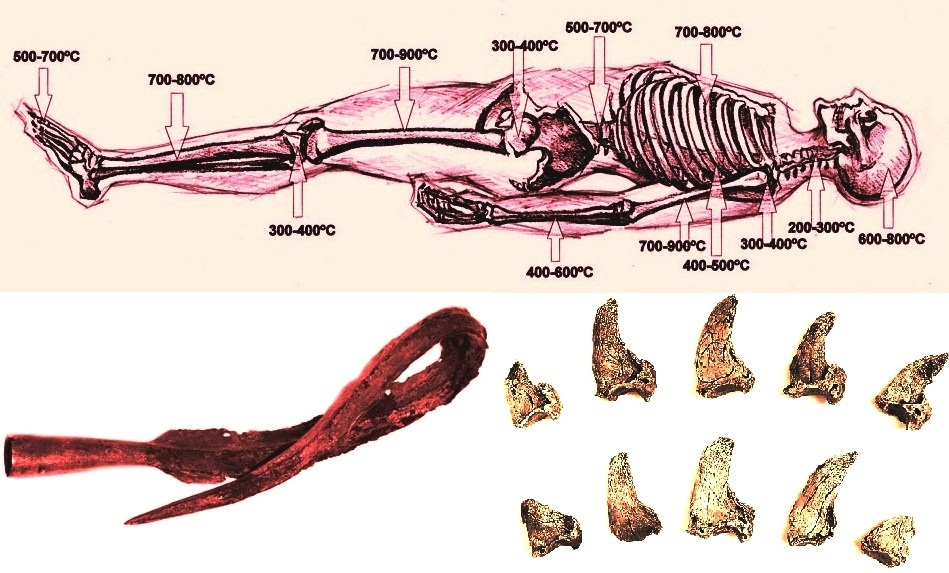
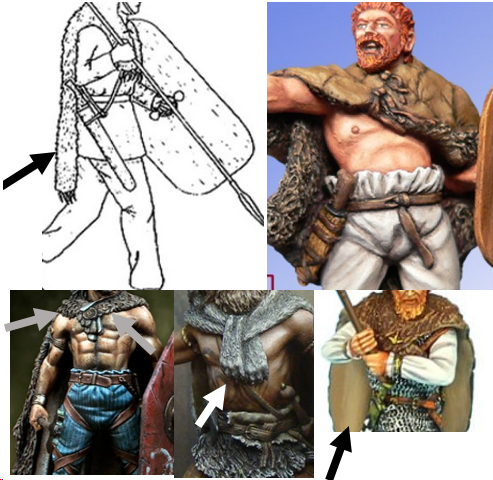
Germanic inclusion:
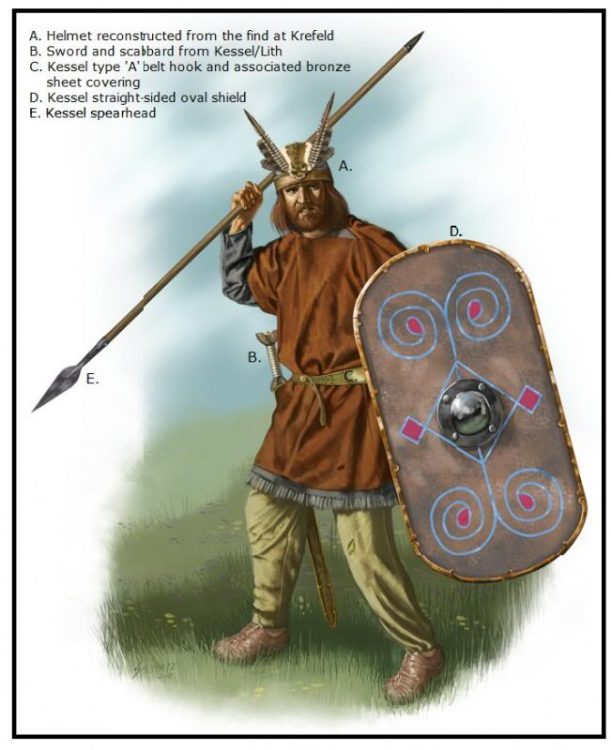
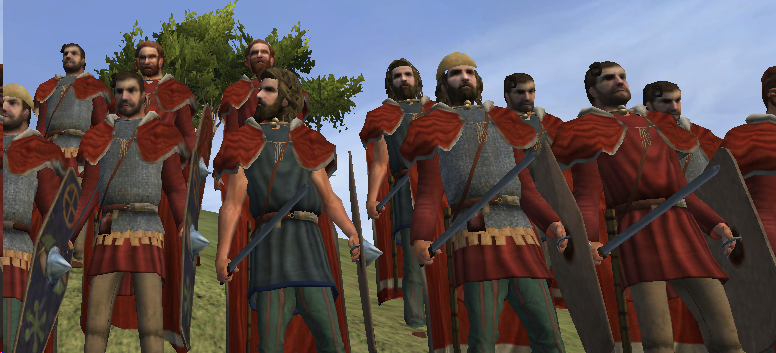
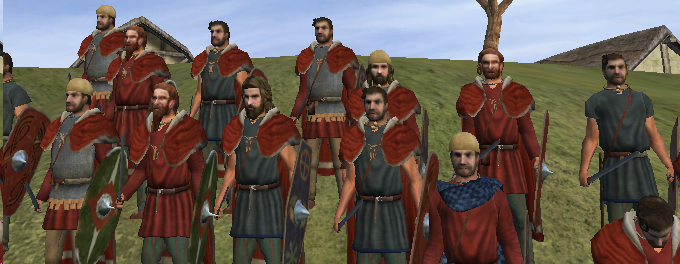
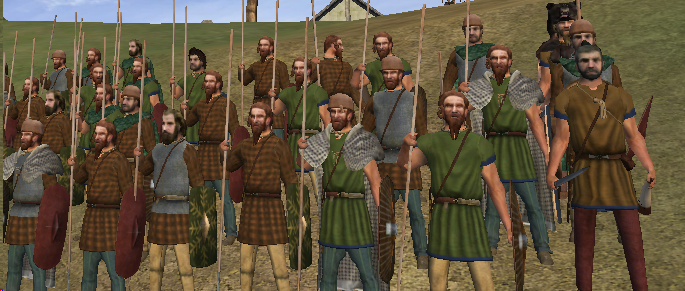
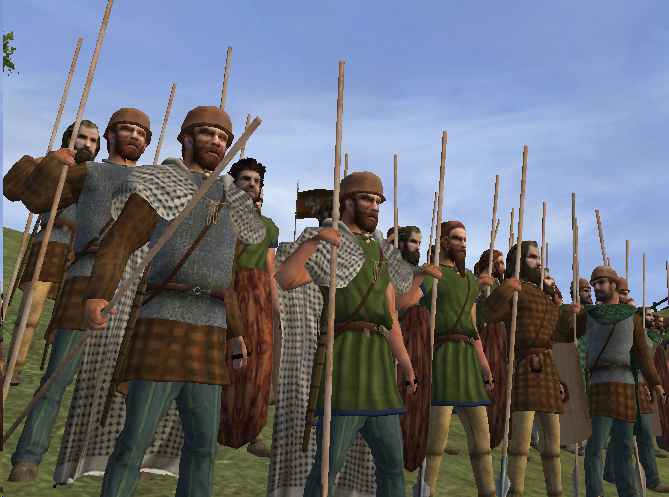
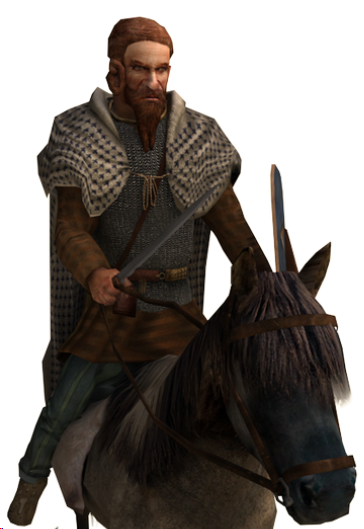
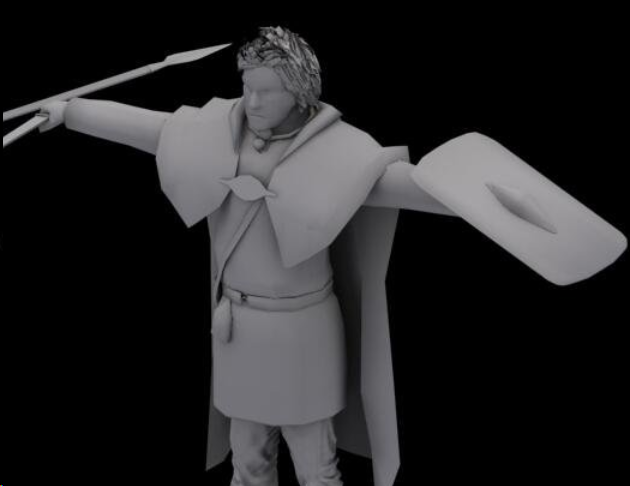
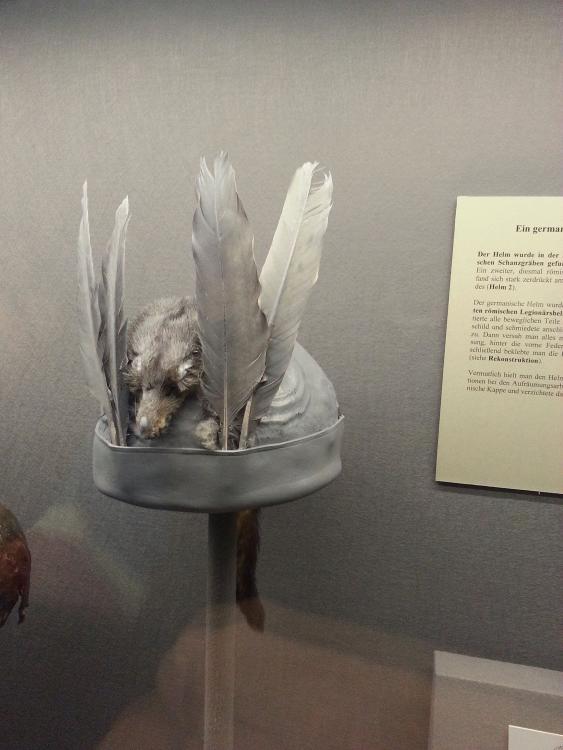
Long spearheads:
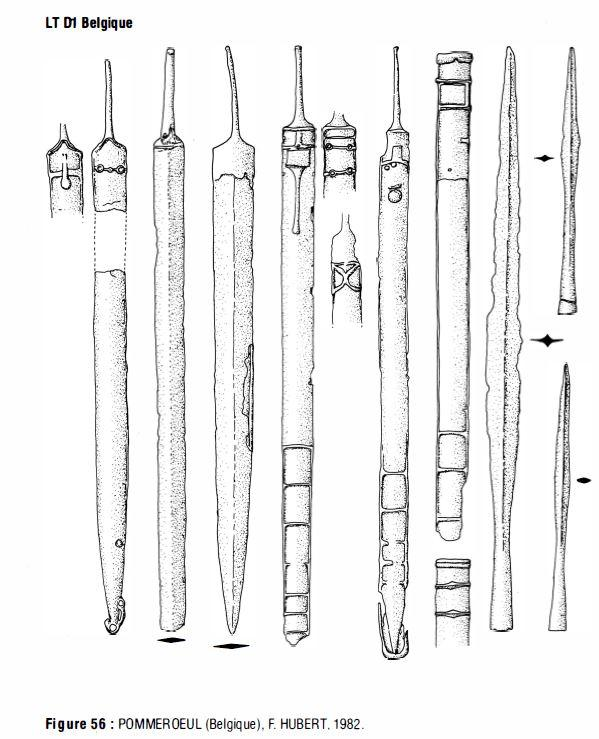
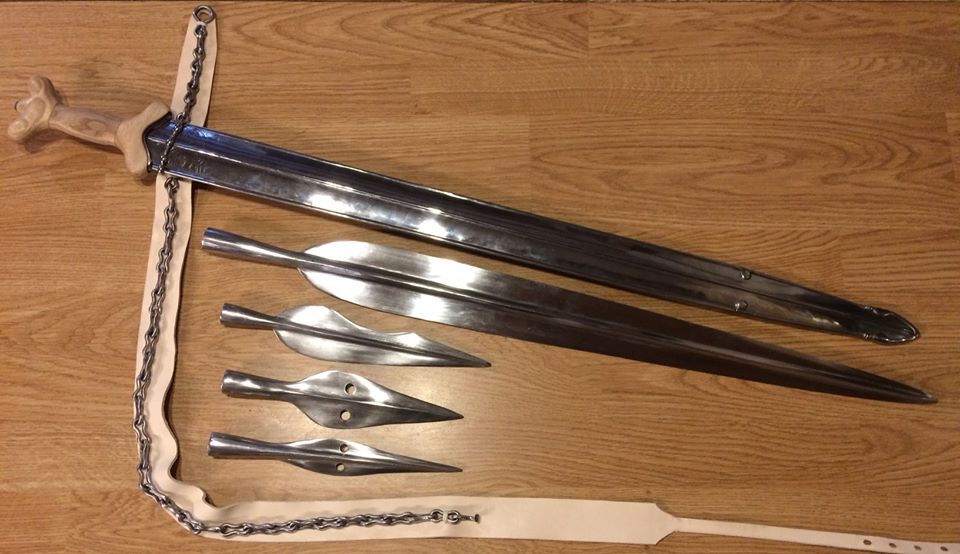
Aquitanian champion swordsman - Suggested name: Soliduros (Bodyguard, watcher)
Description => Alesia, Boé or Mihovo helmet / Trousers / Cape / Chain mail and phalera / Long shield with shield boss and orle protection
SpoilerCaesar, De bello gallico, 3: And while the attention of our men is engaged in that matter, in another part Adcantuannus, who held the chief command, with 600 devoted followers whom they call soldurii (the conditions of whose association are these,—that they enjoy all the conveniences of life with those to whose friendship they have devoted themselves: if any thing calamitous happen to them, either they endure the same destiny together with them, or commit suicide: nor hitherto, in the, memory of men, has there been found any one who, upon his being slain to whose friendship he had devoted himself, refused to die); Adcantuannus, [I say] endeavoring to make a sally with these, when our soldiers had rushed together to arms, upon a shout being raised at that part of the, fortification, and a fierce battle had been fought there, was driven back into the town, yet he obtained from Crassus [the indulgence] that he should enjoy the same terms of surrender [as the other inhabitants].
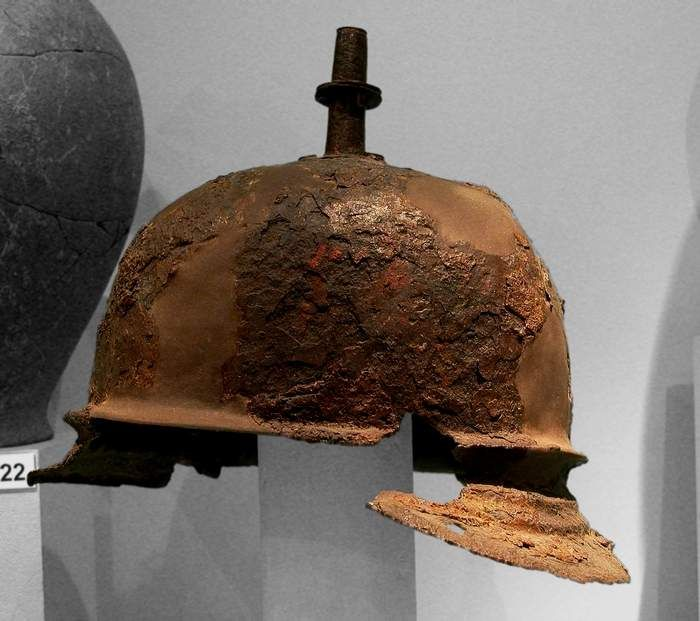
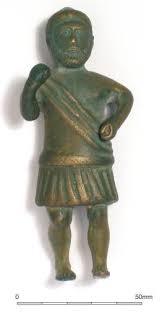
Brass decoration for a chain mail
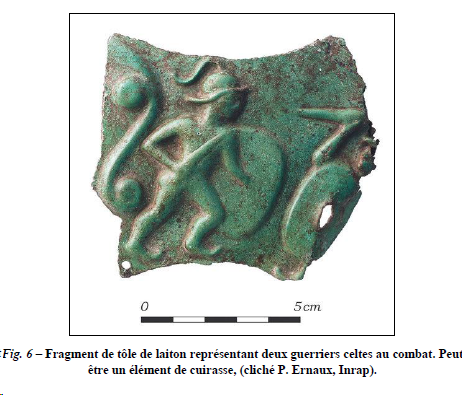
Saint-Just-en-Chaussée (France) decorative iron plaque attached on chain mail (not cleaned yet but the plaque has some pattern graved according to the description)
Warrior of Lattes, Montpellier, Etruscan and Iberian influence.
http://news.bbc.co.uk/2/hi/science/nature/3257146.stm
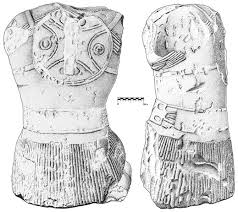
I suggest phalera like the horse gear:
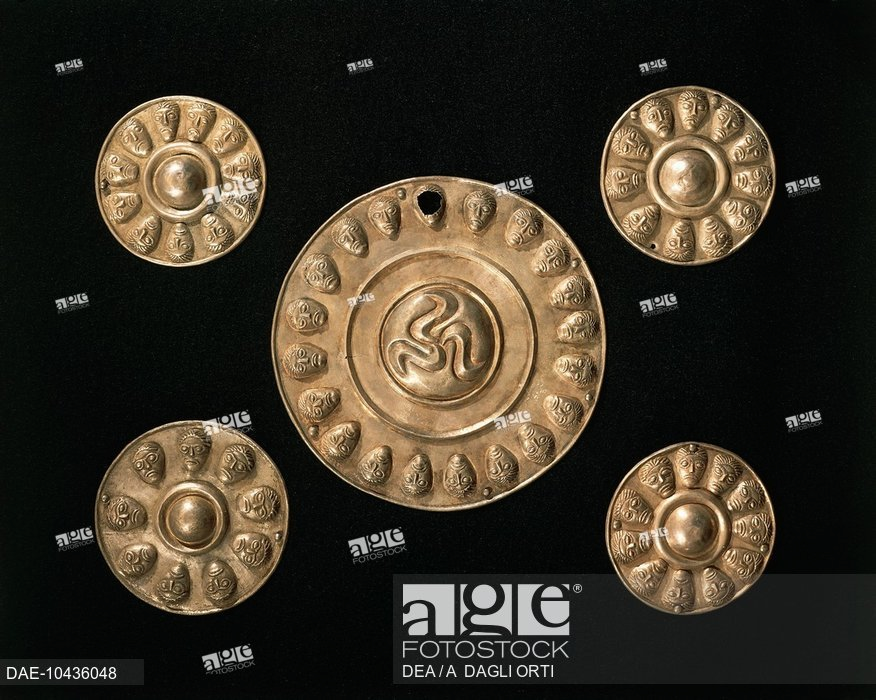
Interesting decoration plaque (mixing different pieces and with artistic choice but the idea is ok)
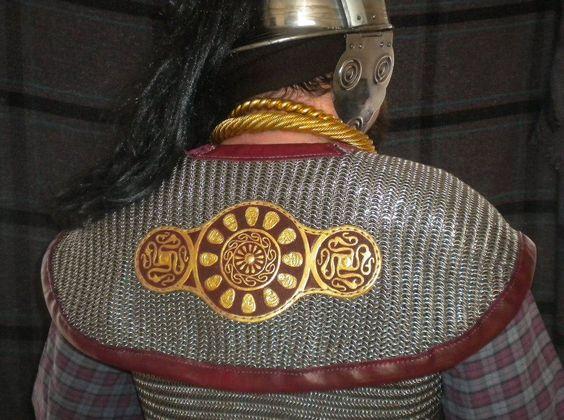
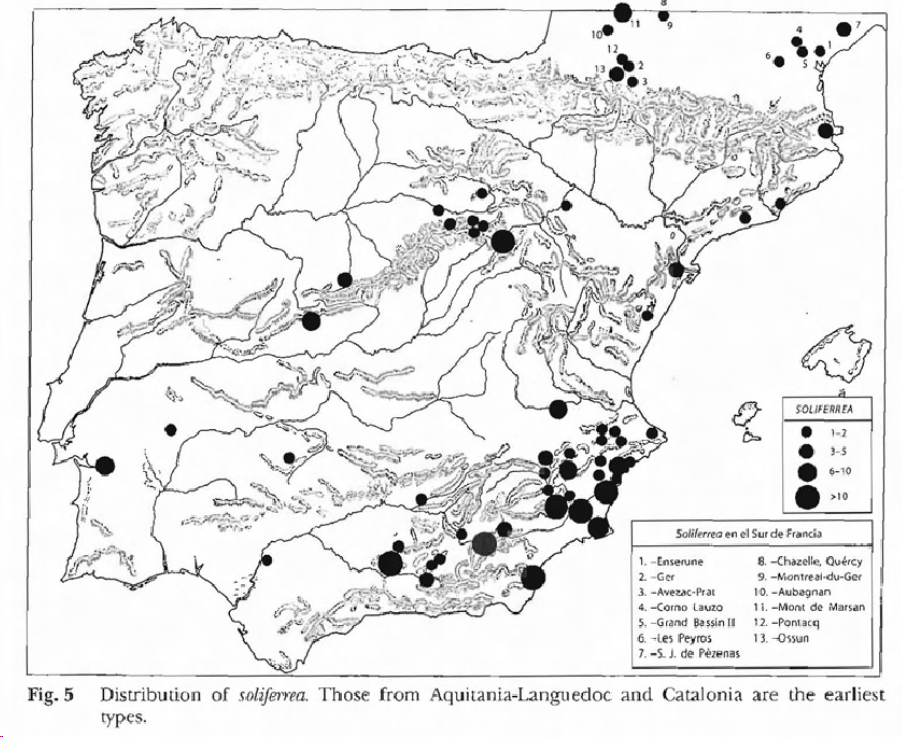
-
 2
2
-
-
Personally I agree. The distinction between fortress, hillfort, citadel and fortified city is not clear and most of the historical examples does not fit in these categories uniquely. They overlap each others.
Moreover, a place like the Ptolemaic Berenike fortress was not only a defensive structure but also a structure with markets, workshops, ports and monuments. It acted like a political entity representing the authority of the Ptolemies.
-
 1
1
-


.thumb.jpg.b21ca1d0c15fb56b42c39b25a0a40815.jpg)
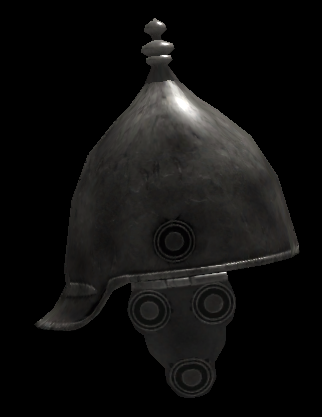
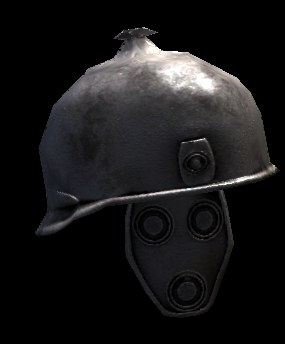
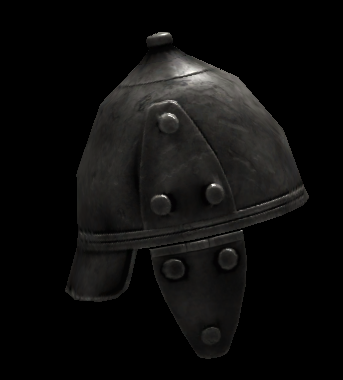
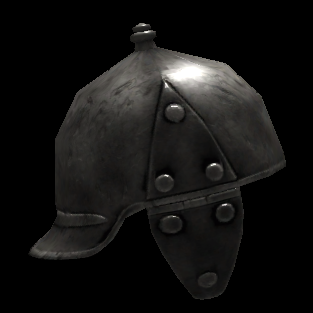
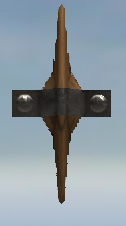
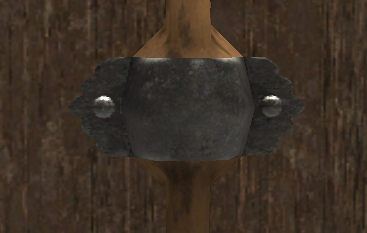
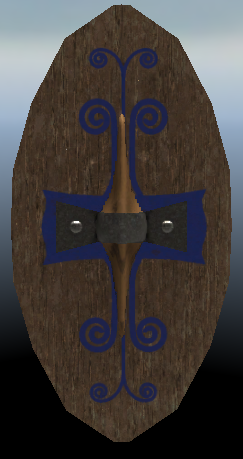
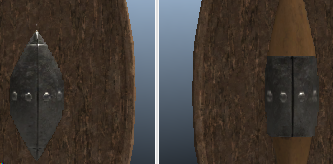
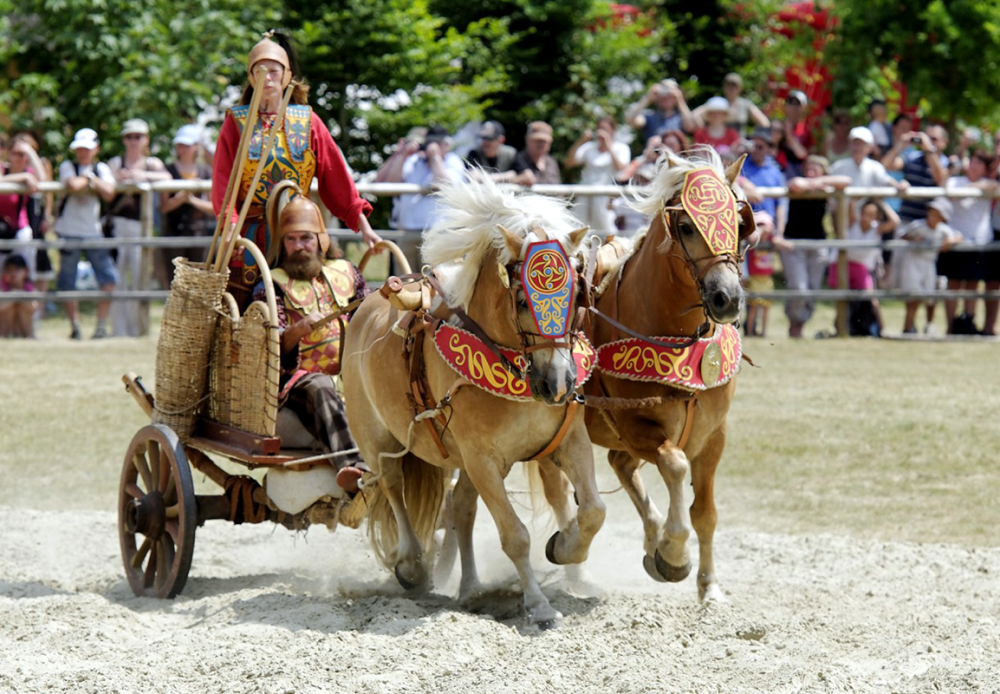
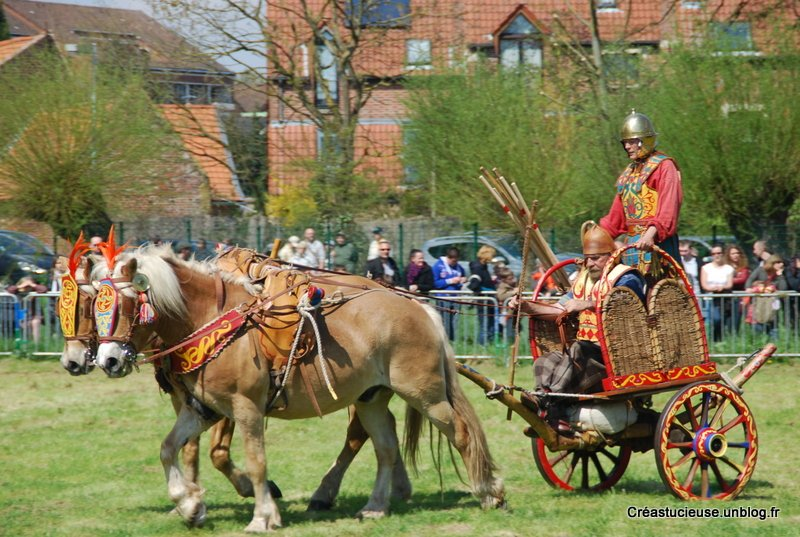
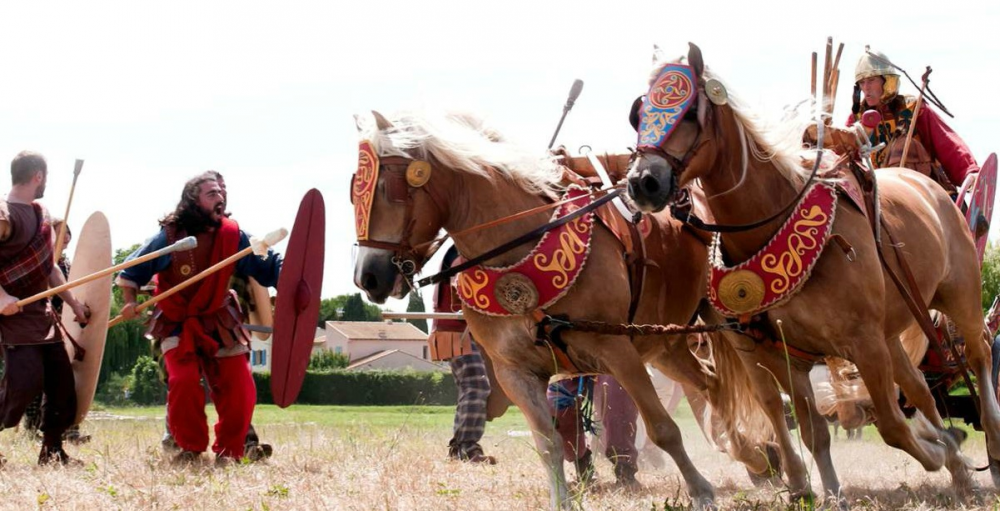
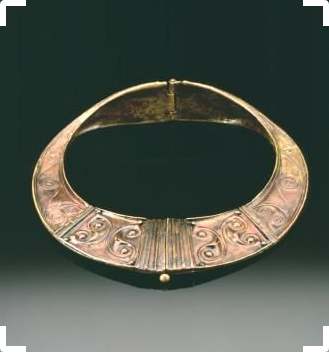
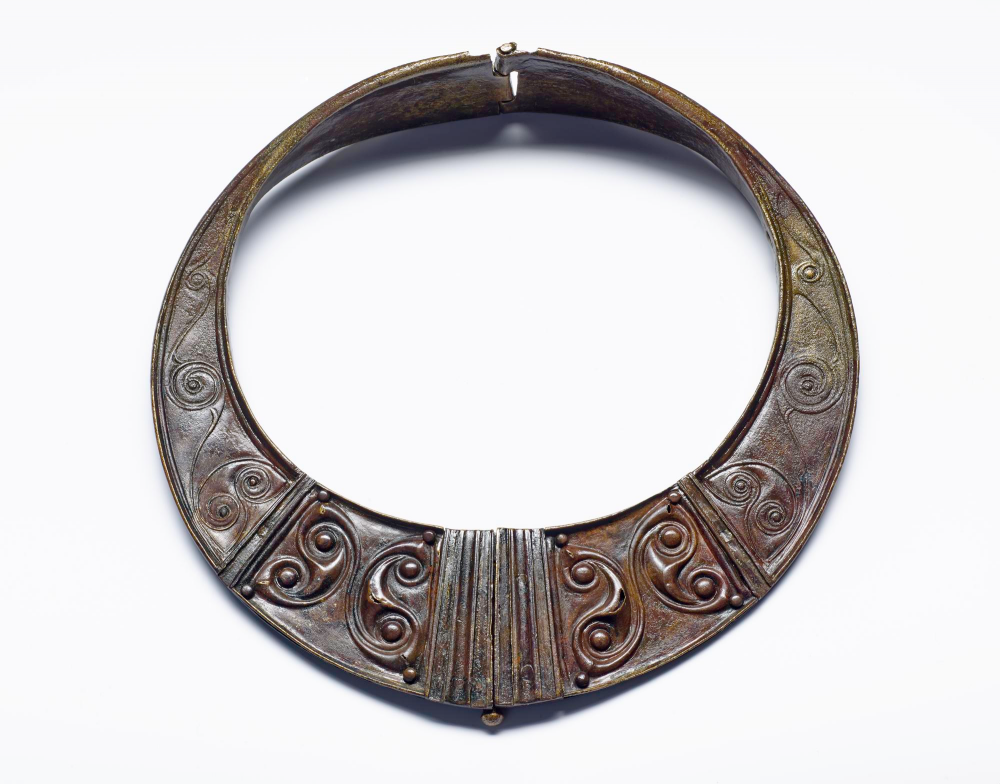
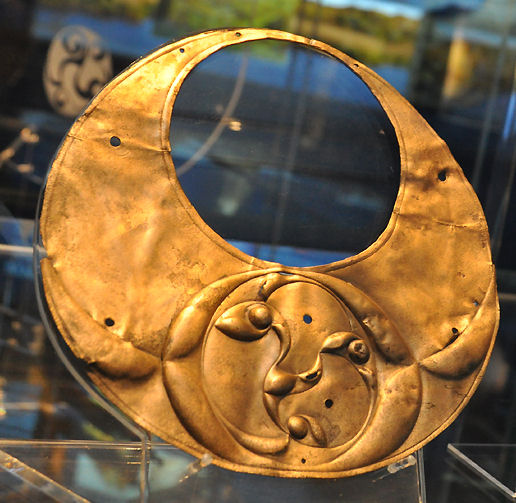
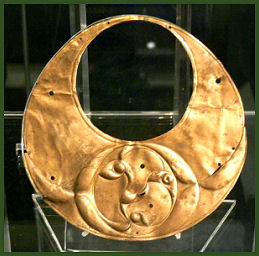
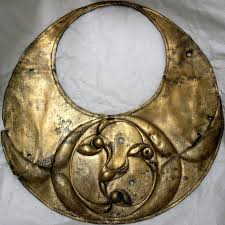
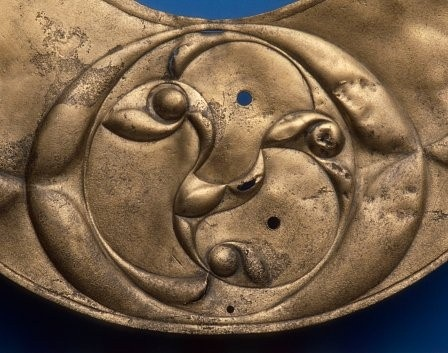
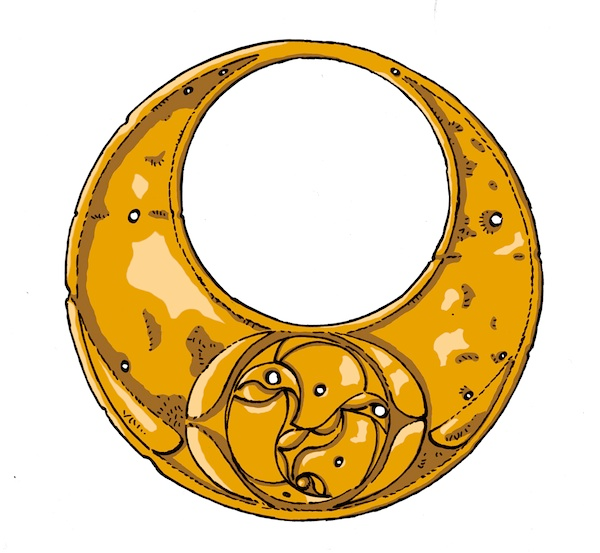
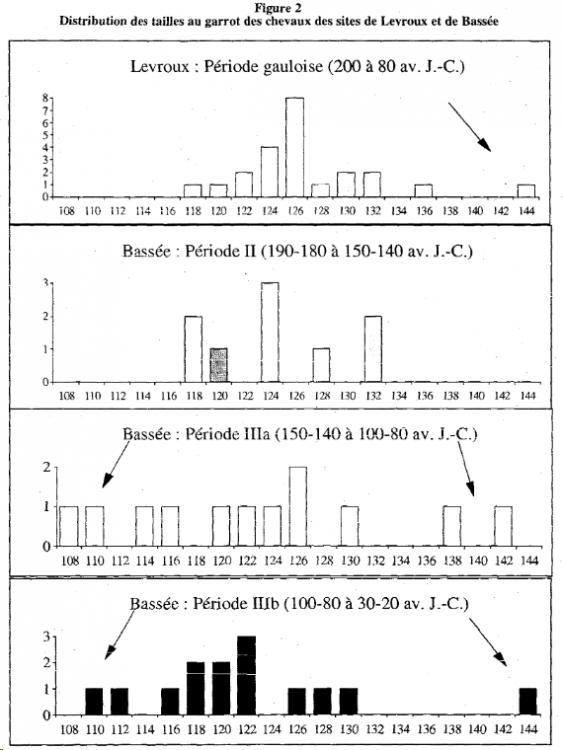
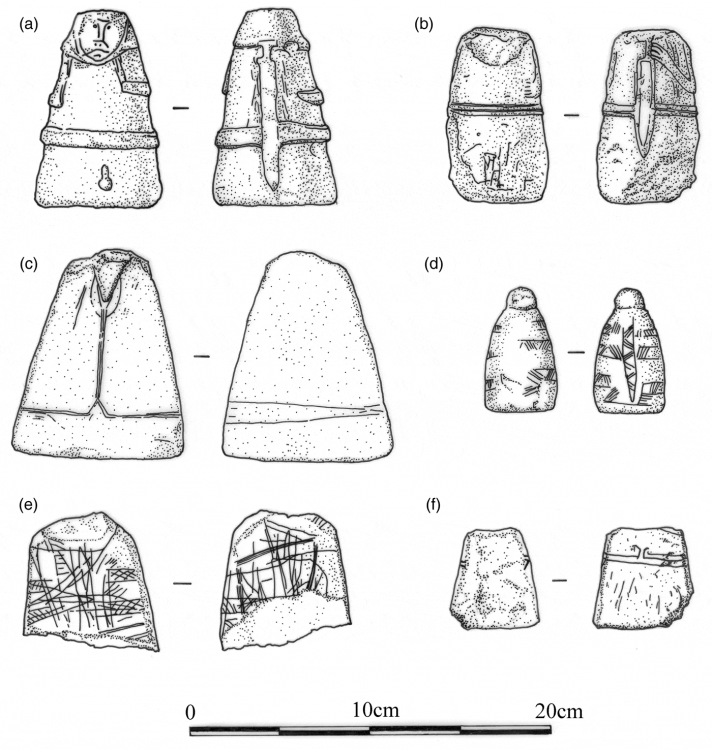
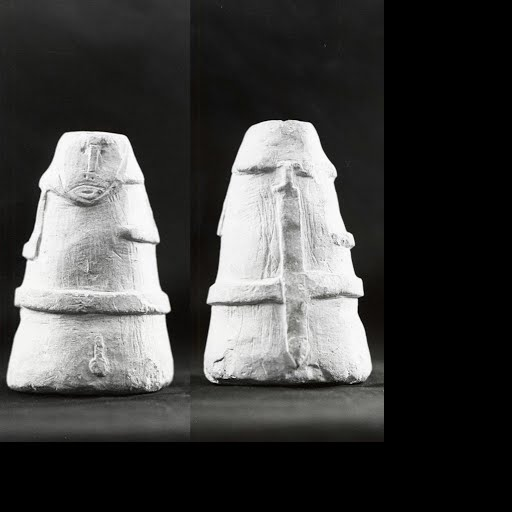
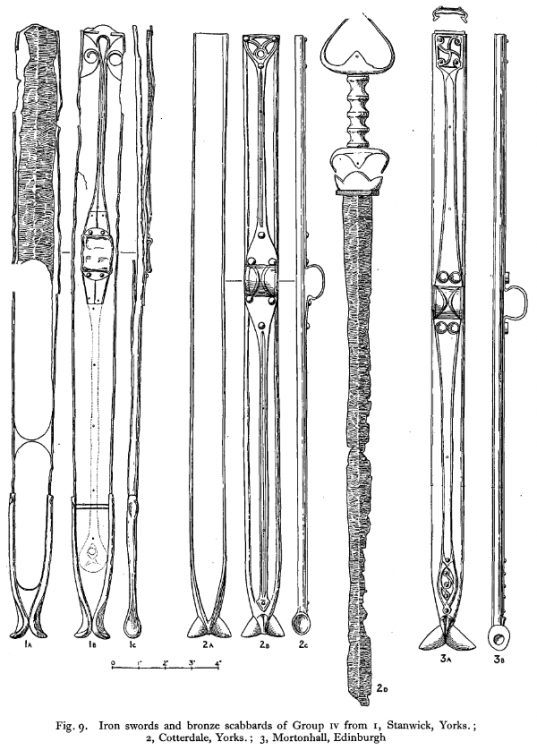
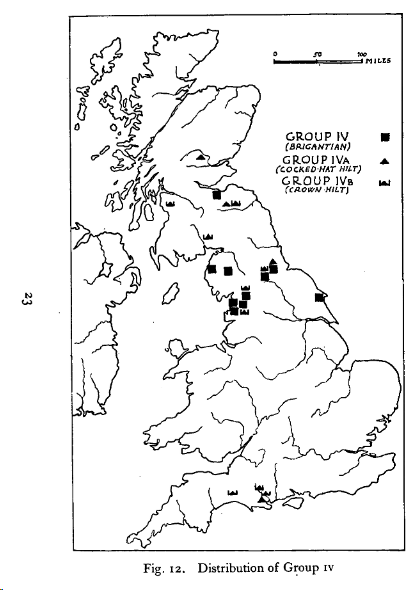
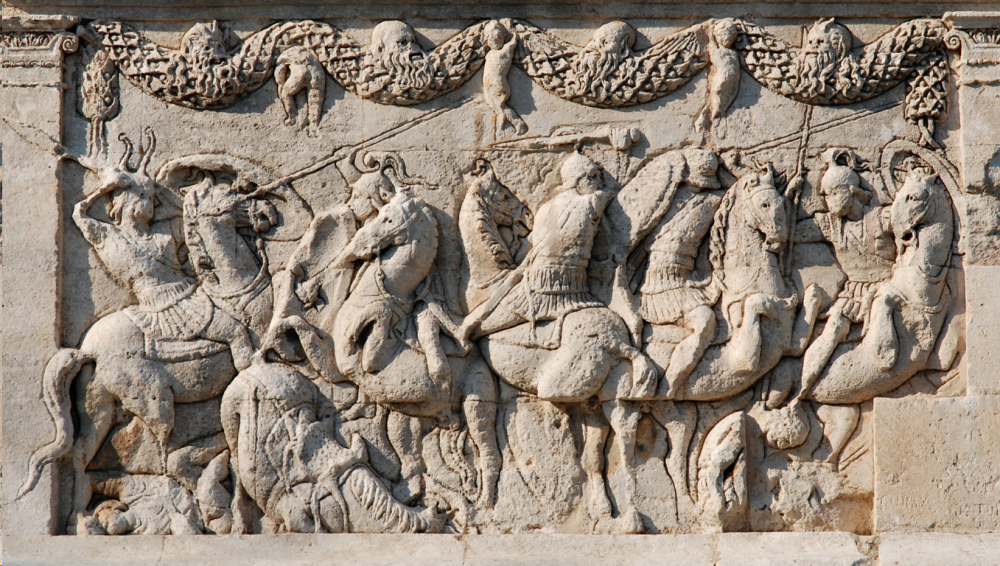
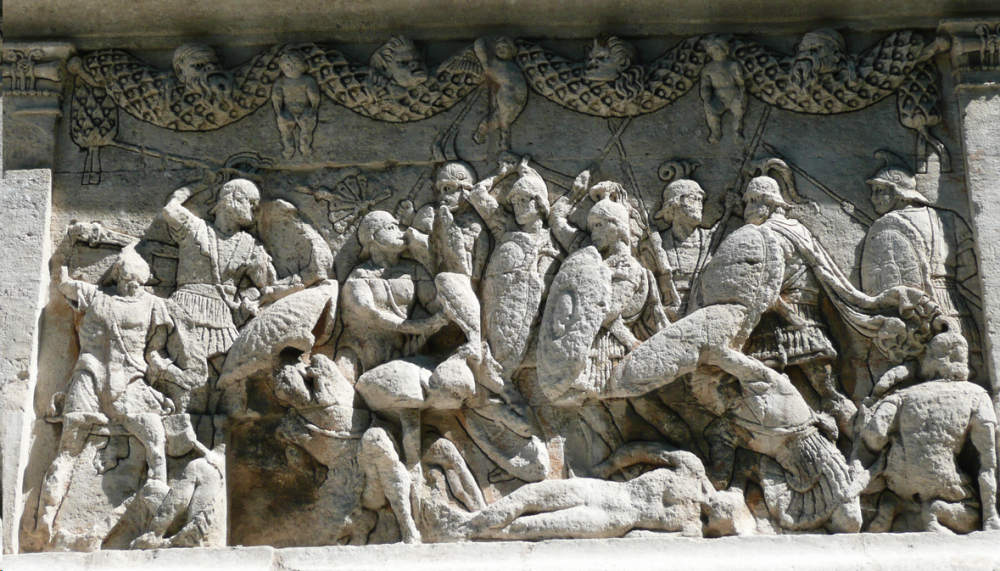
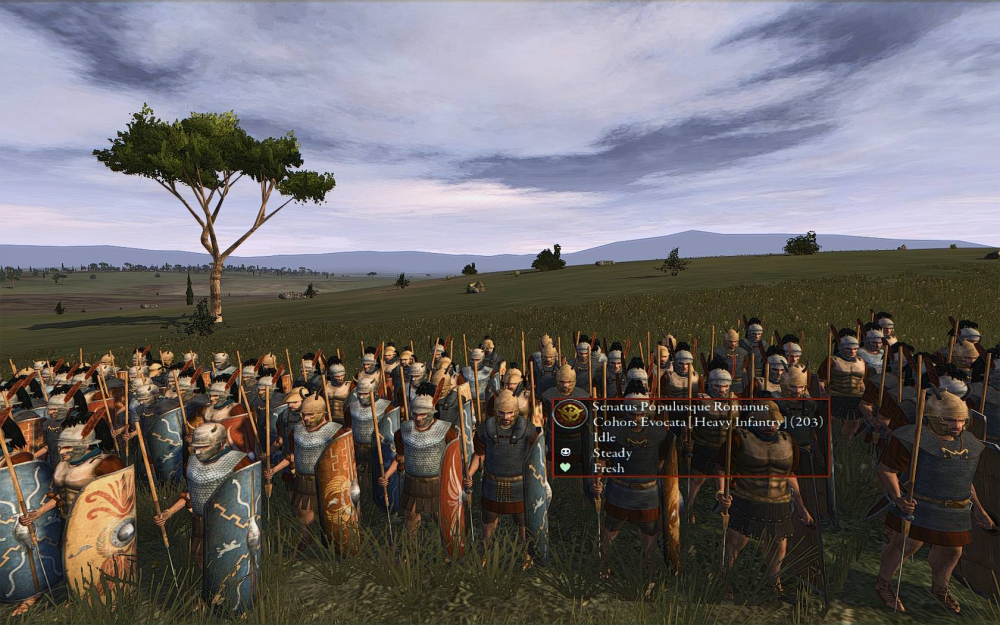
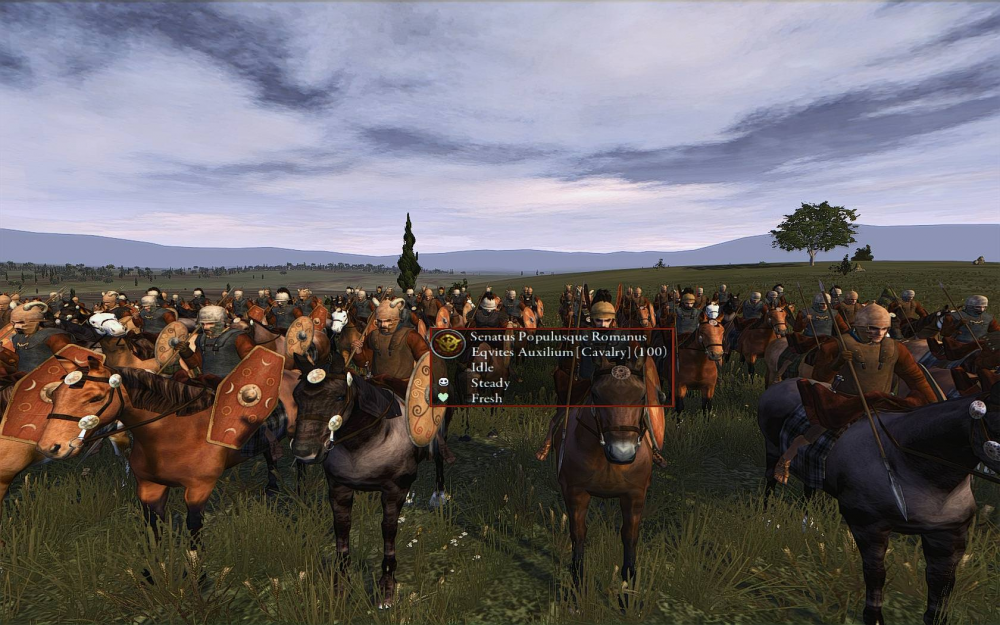
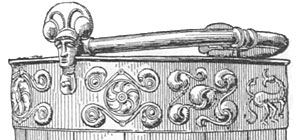
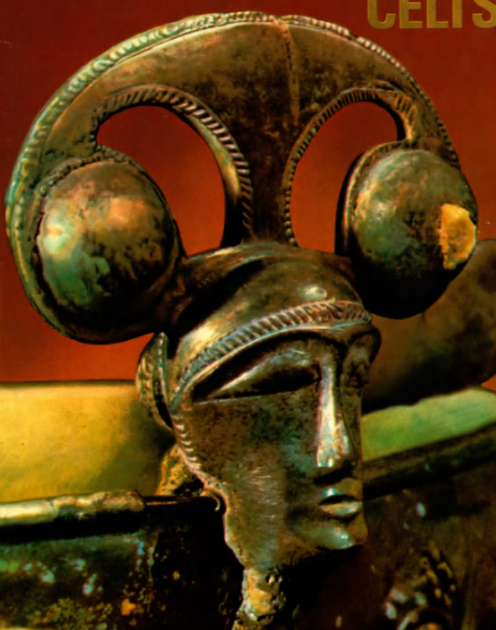
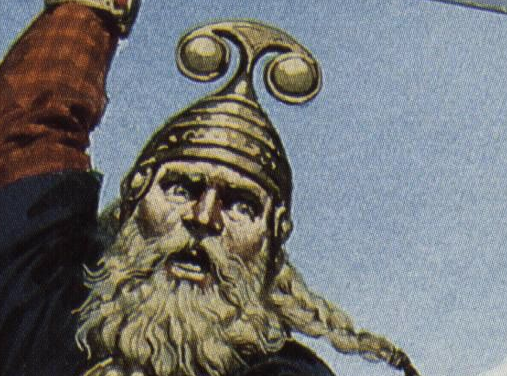
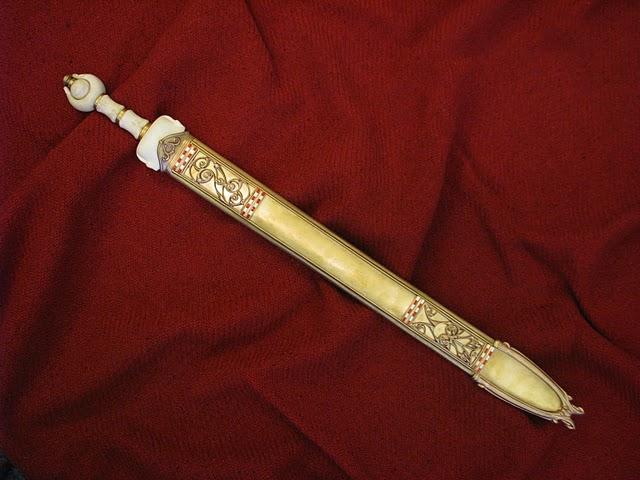


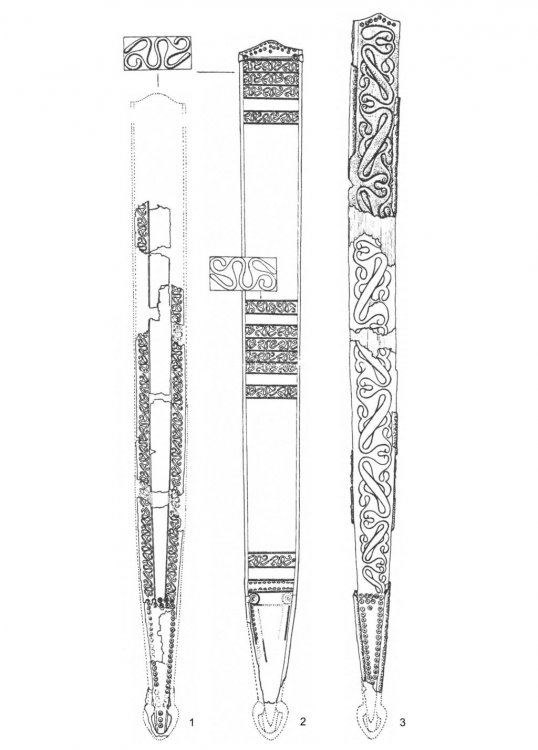
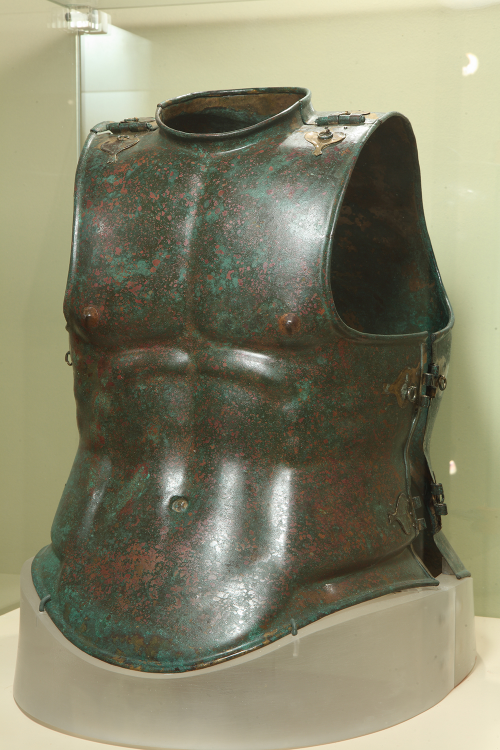
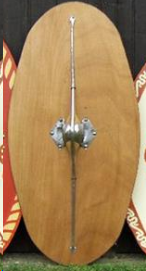
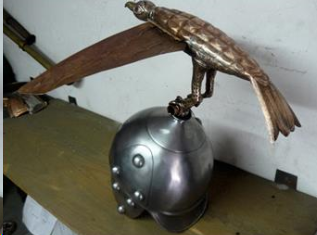
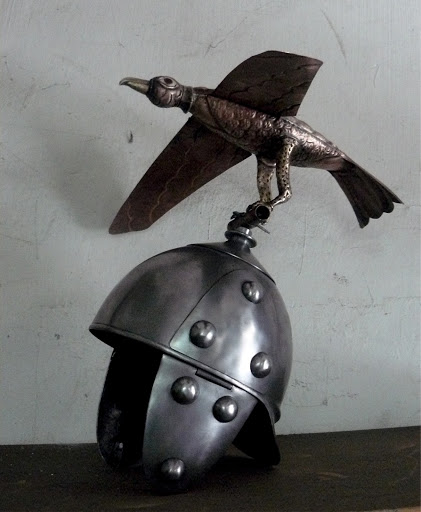
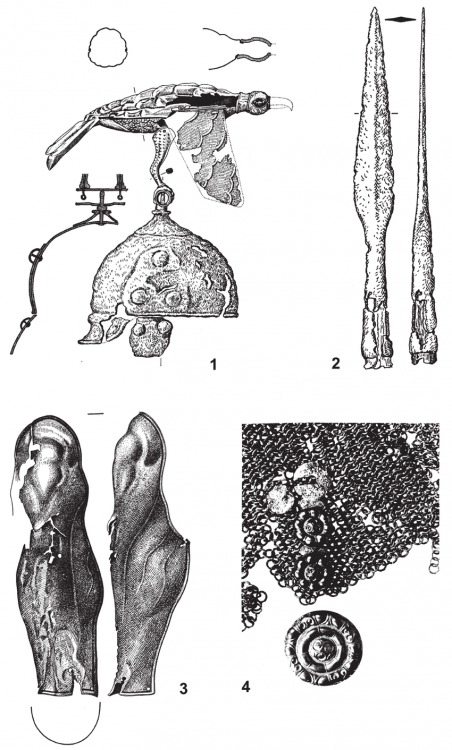
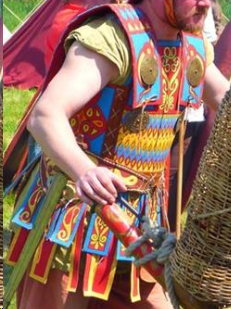
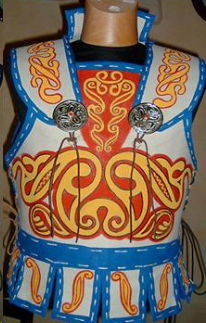
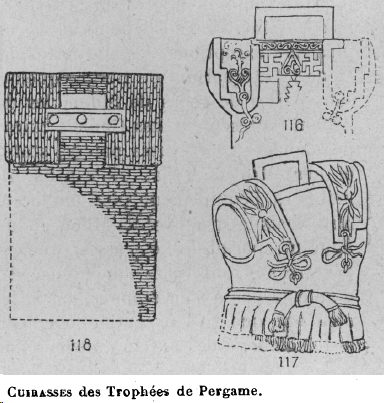
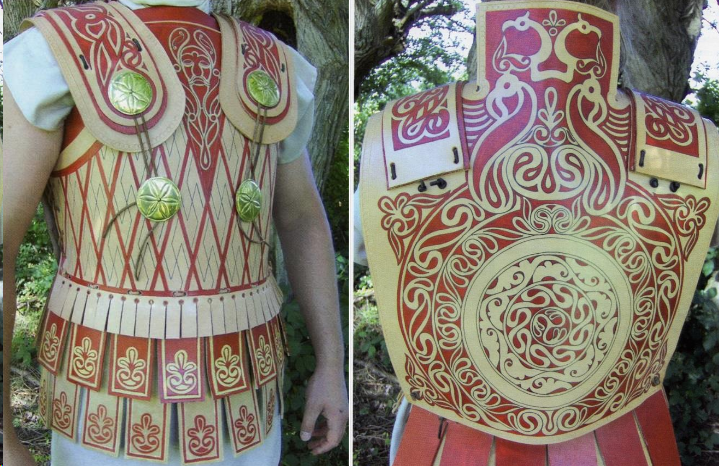

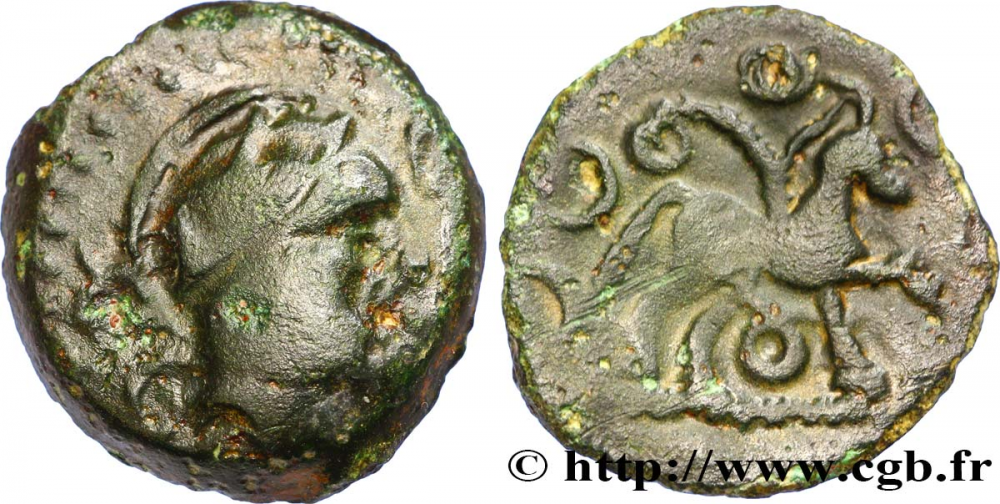
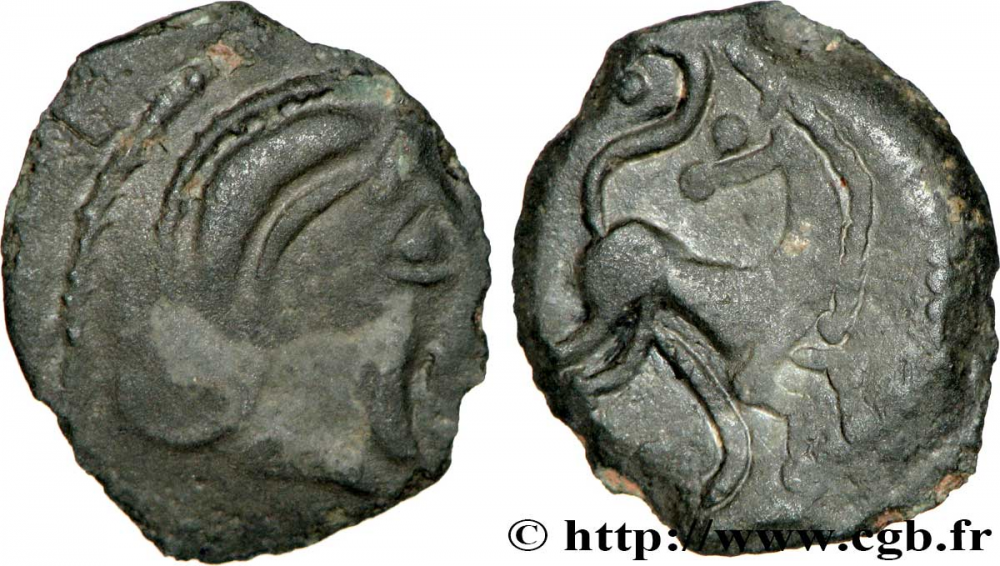
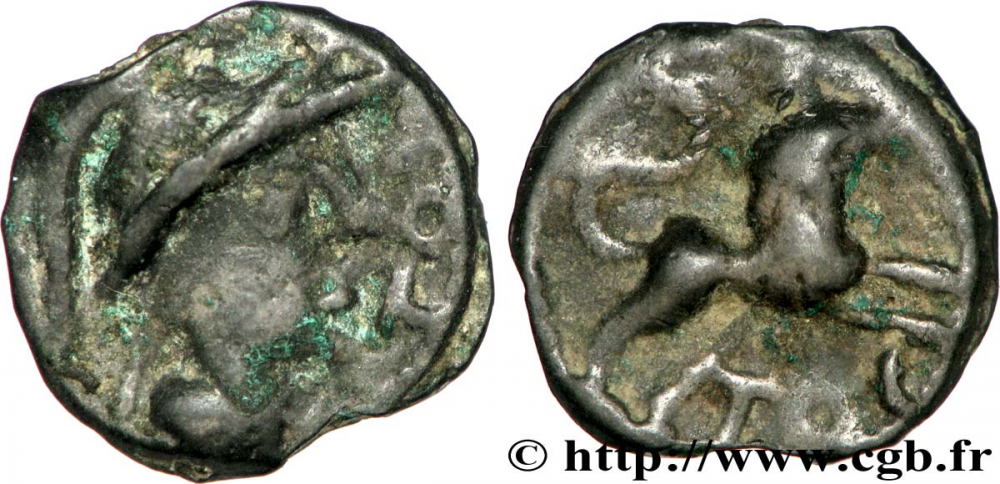
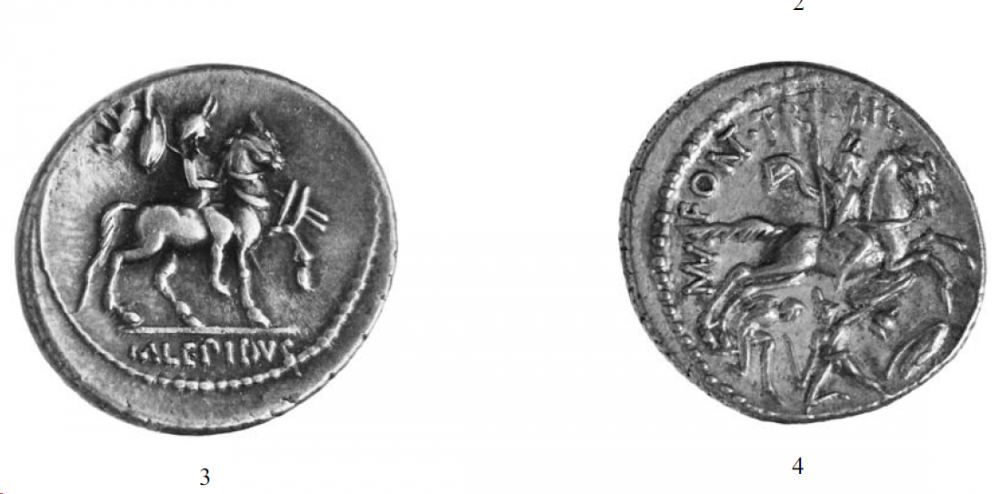
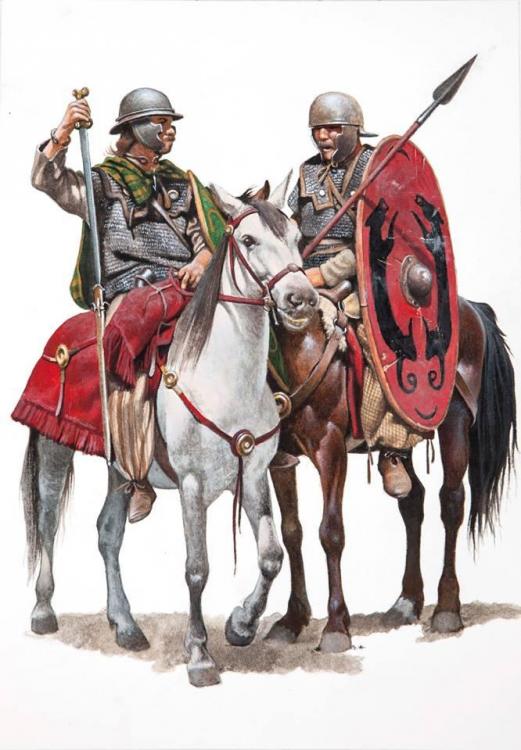
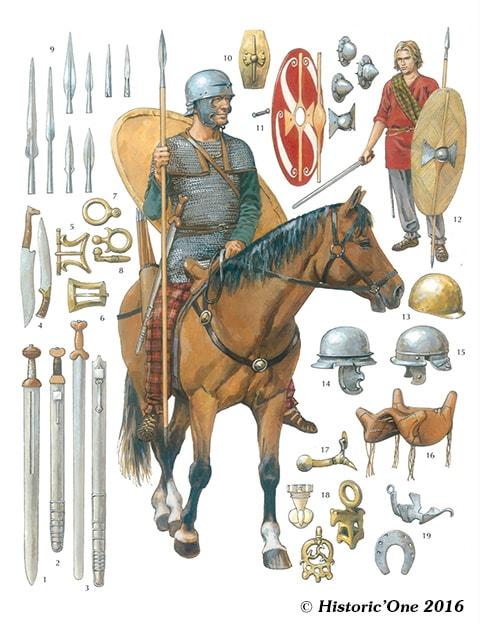
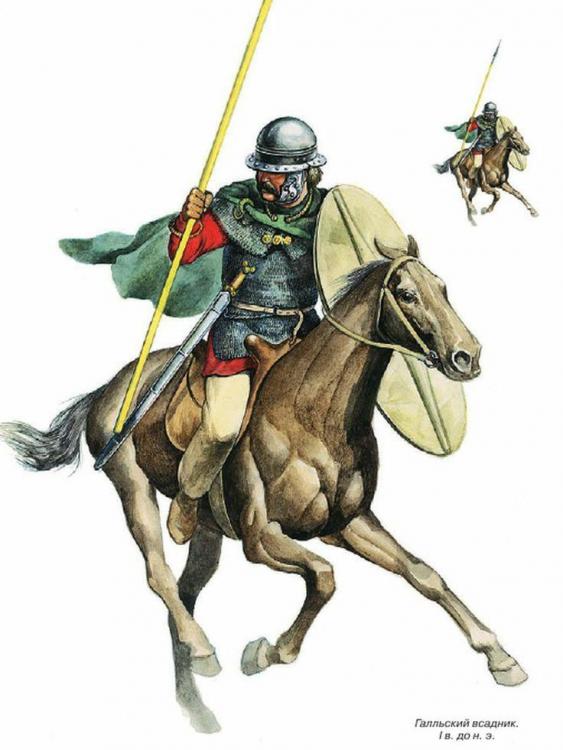
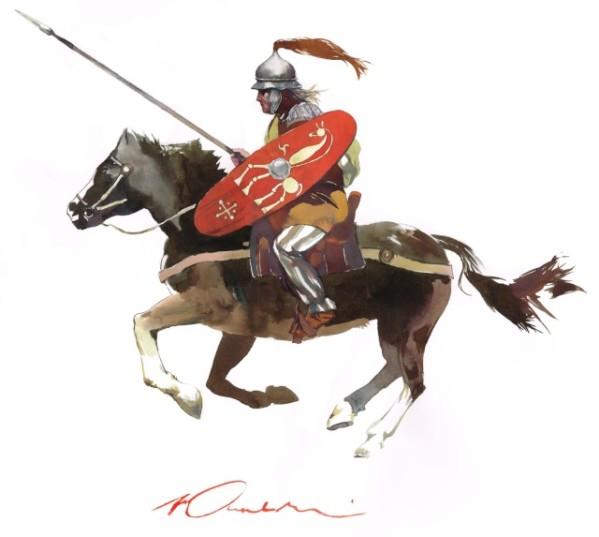
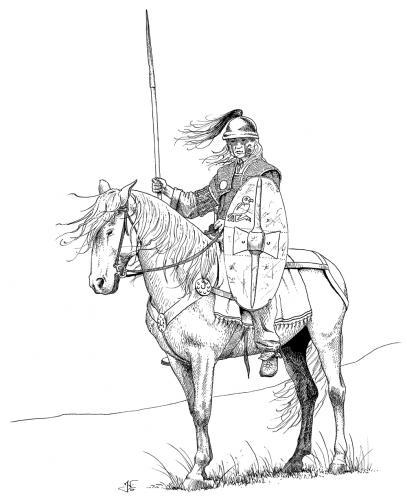
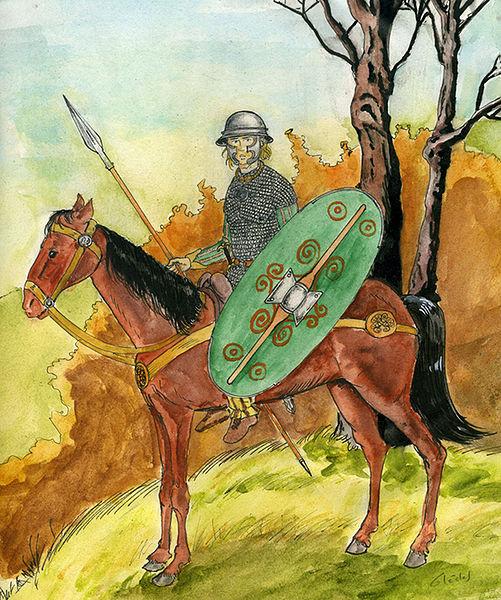
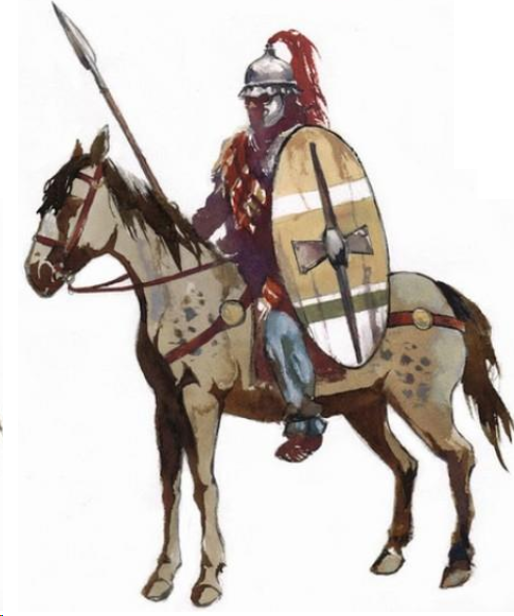
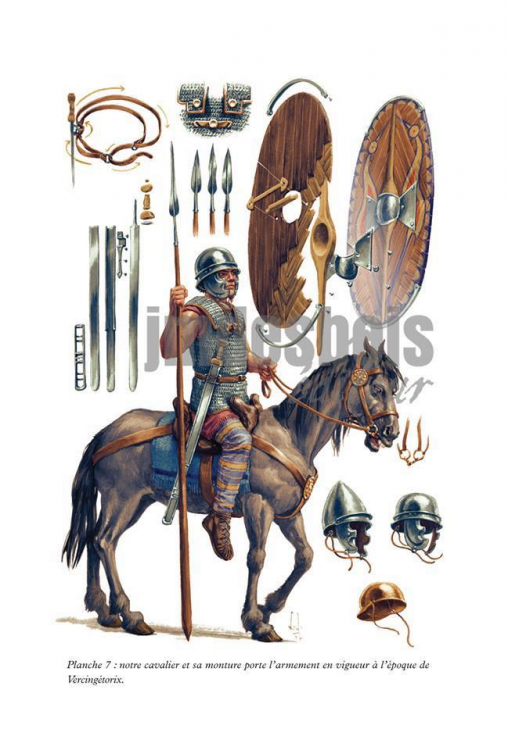
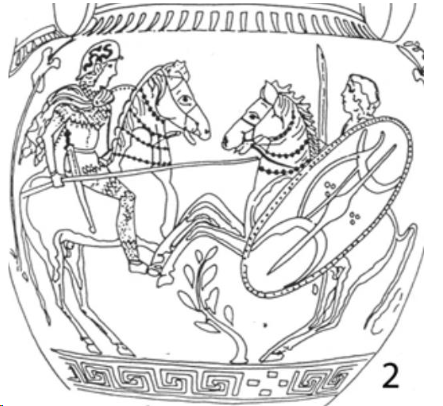
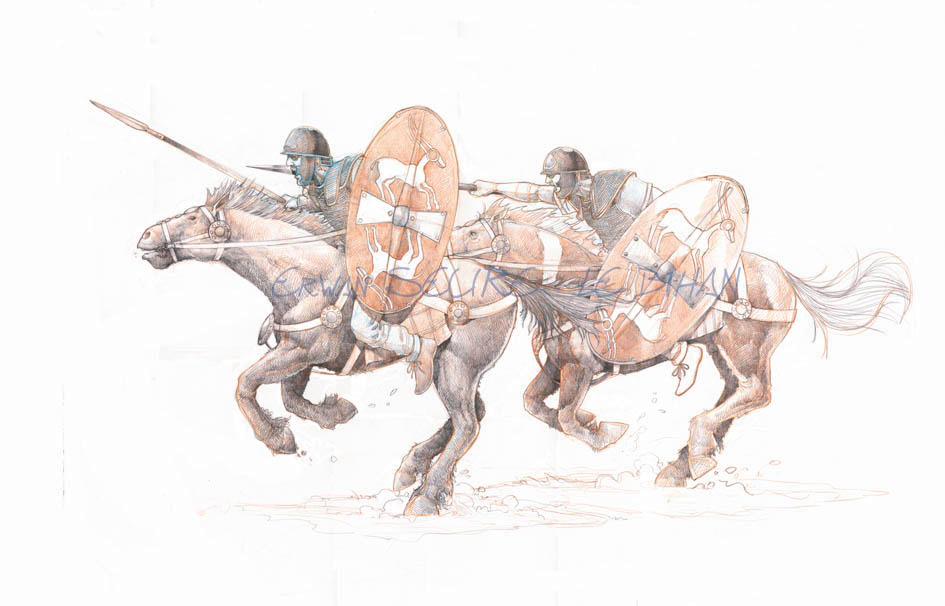
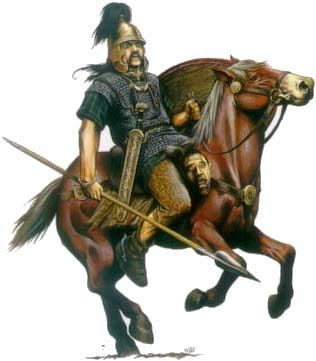
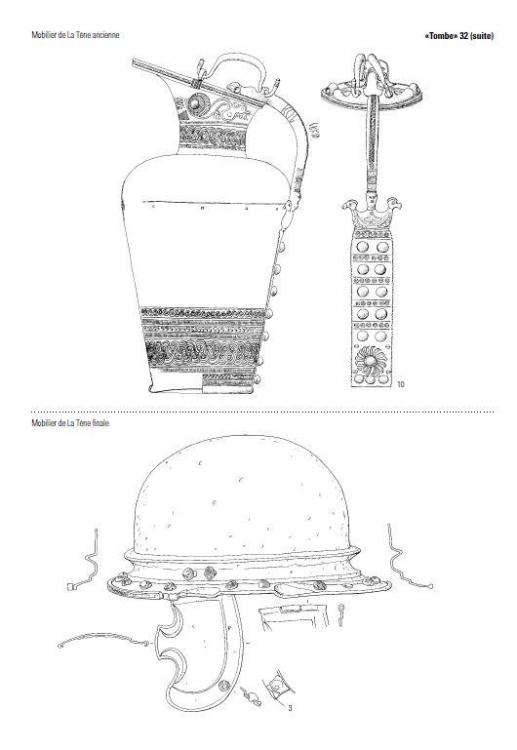
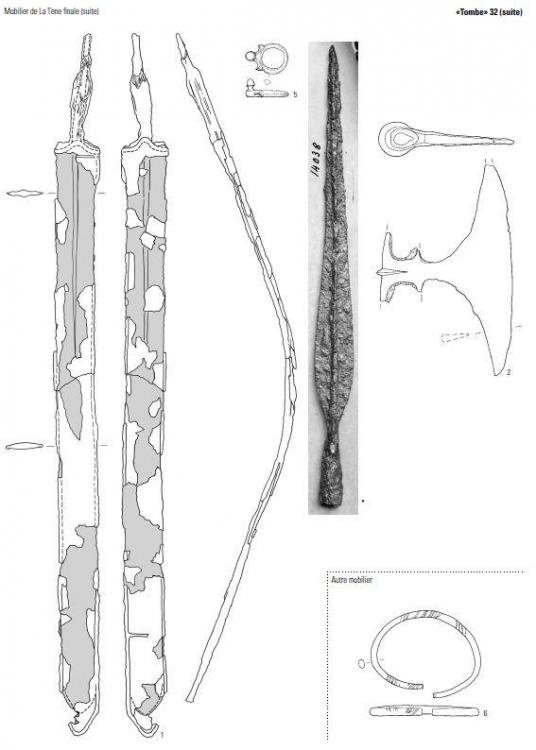
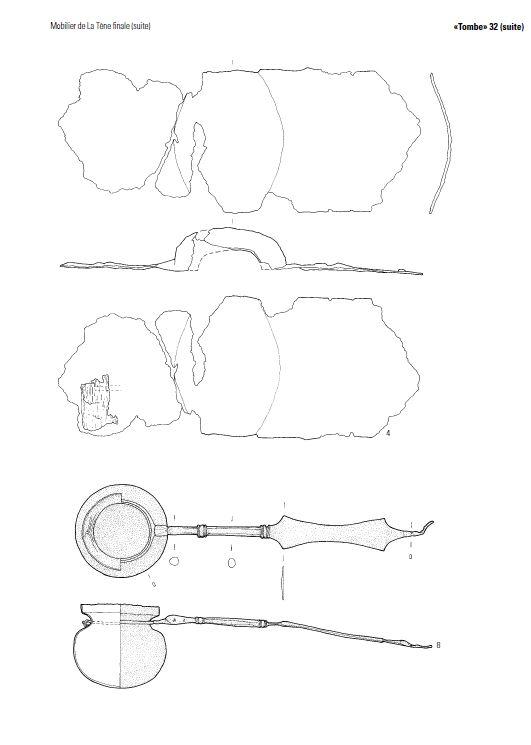
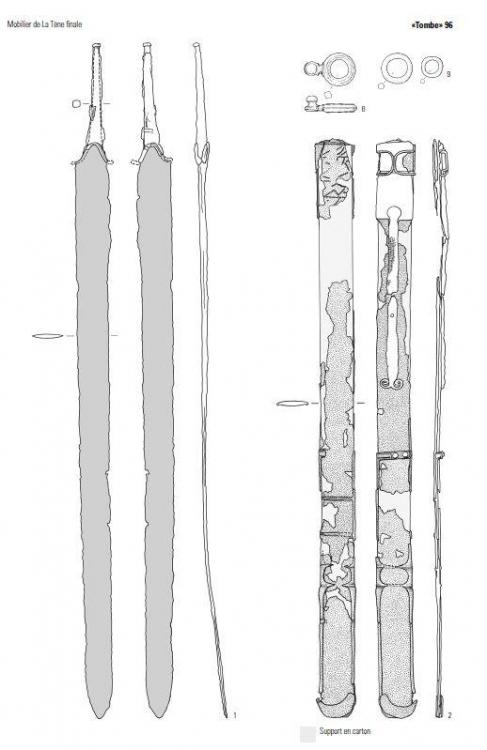
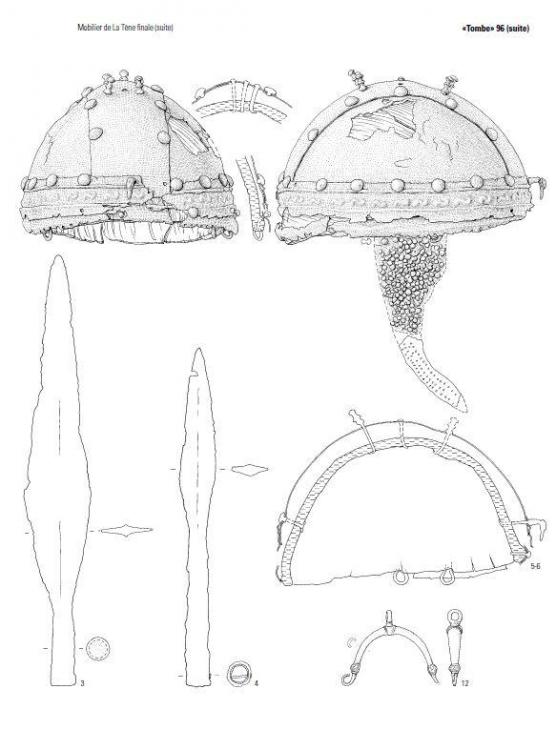
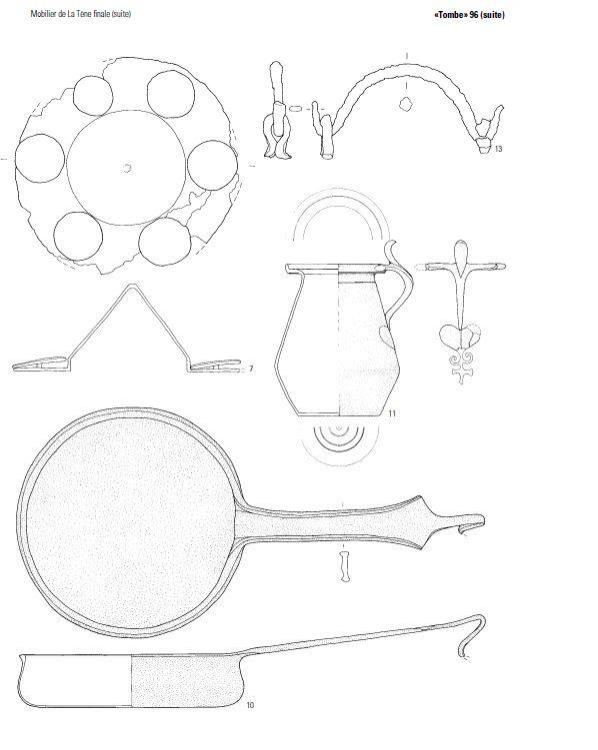
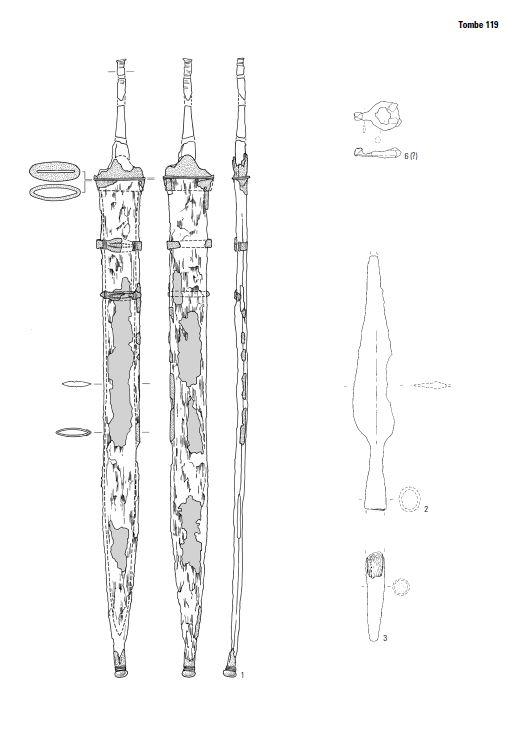
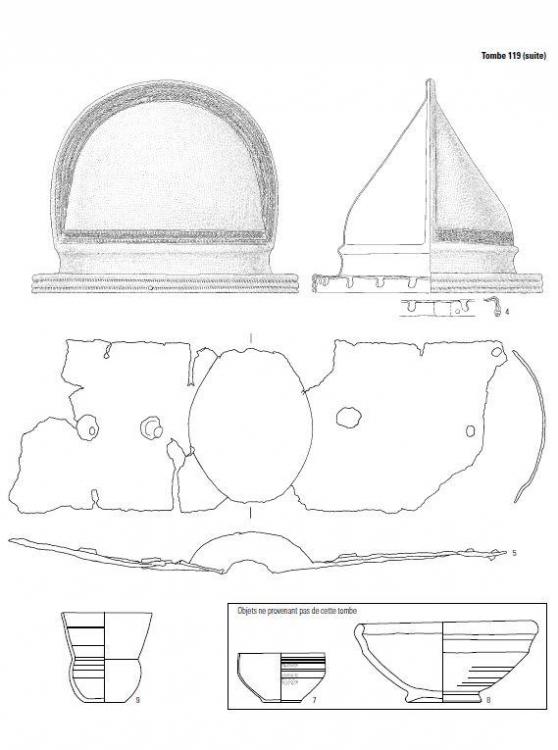
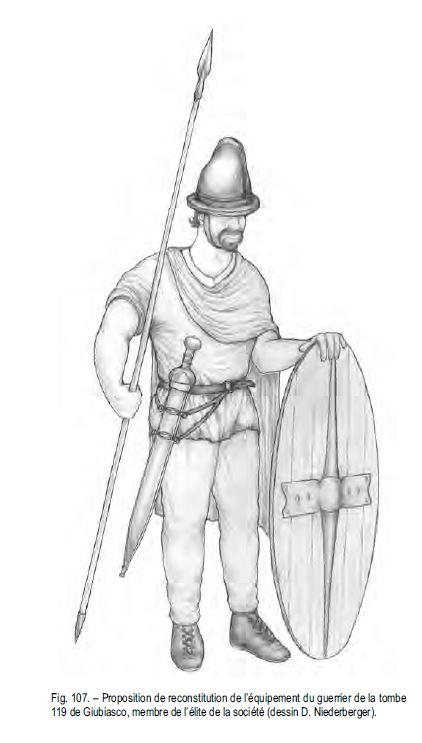
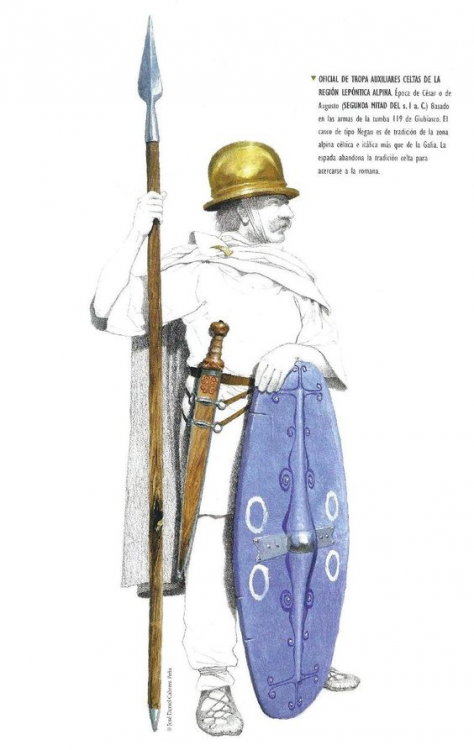
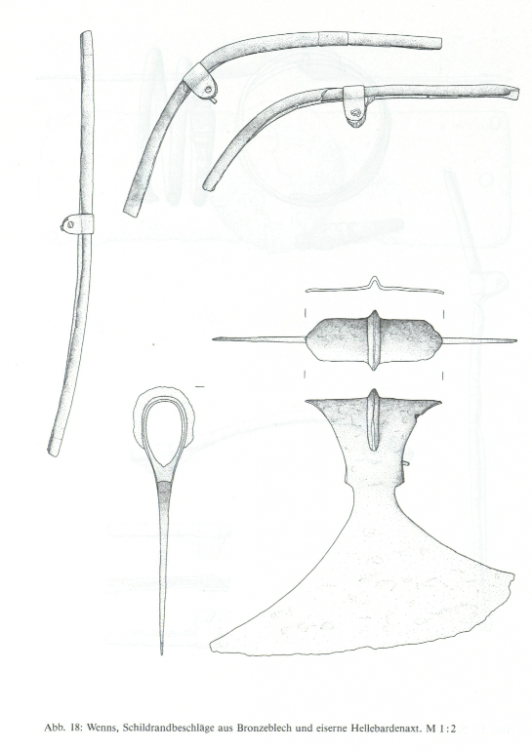
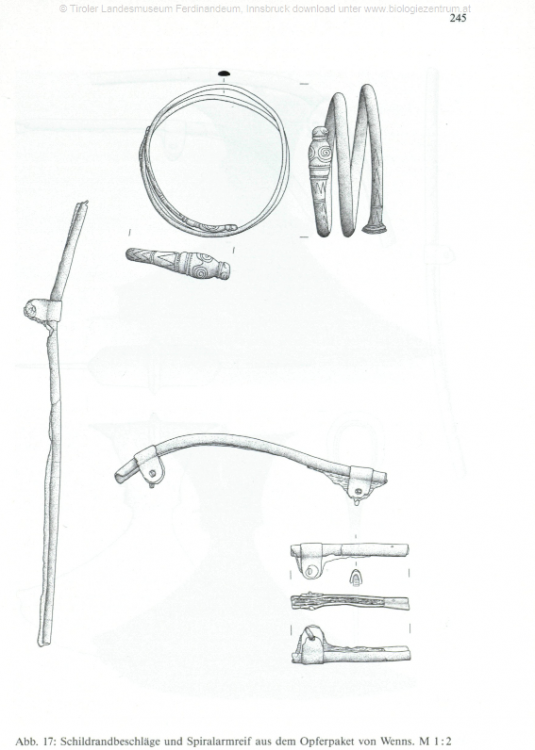
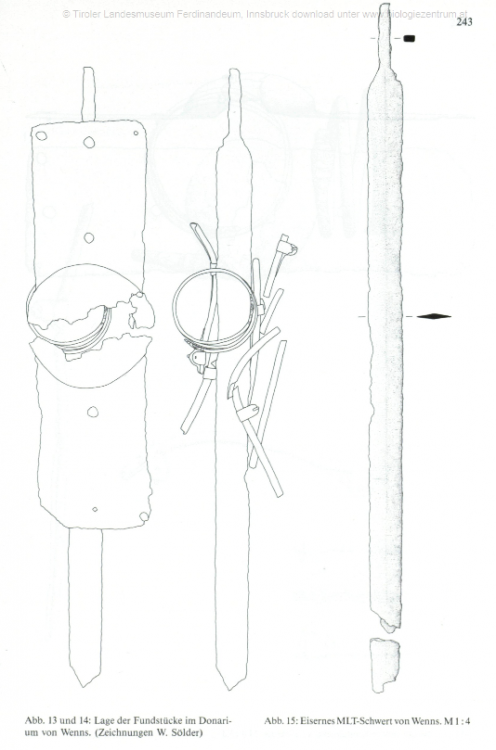
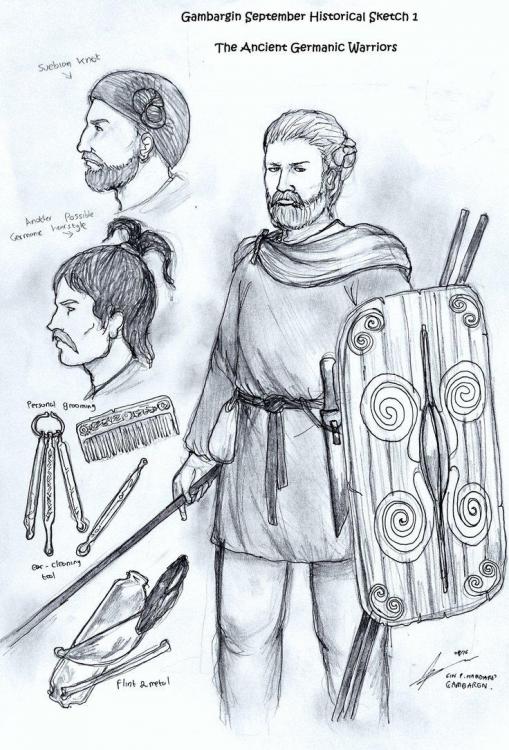
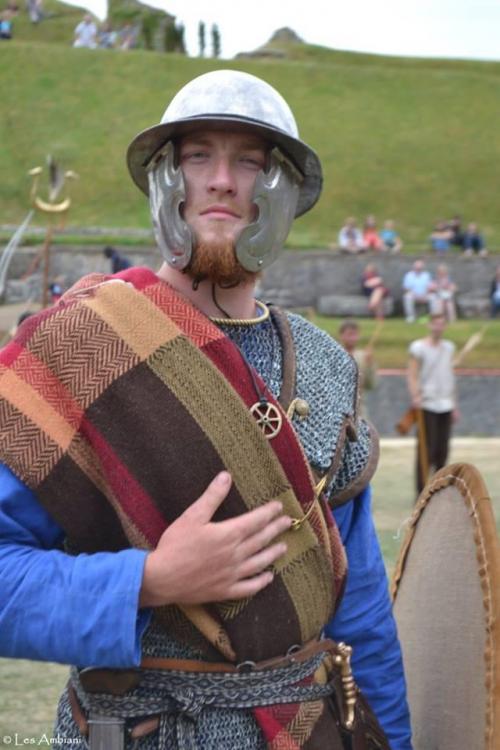
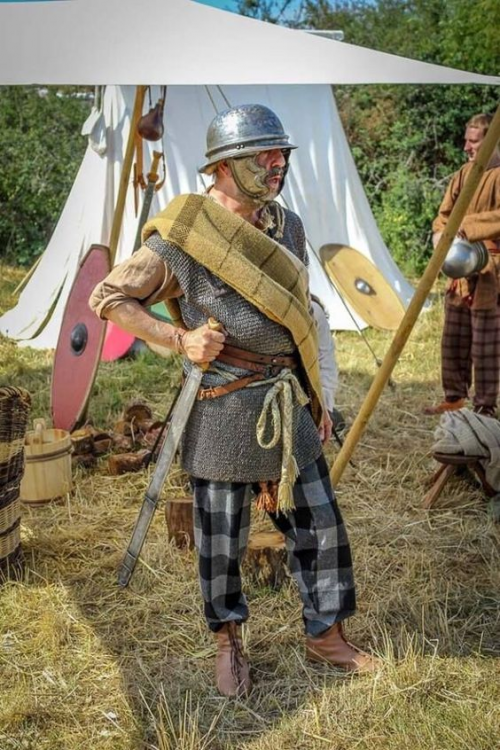
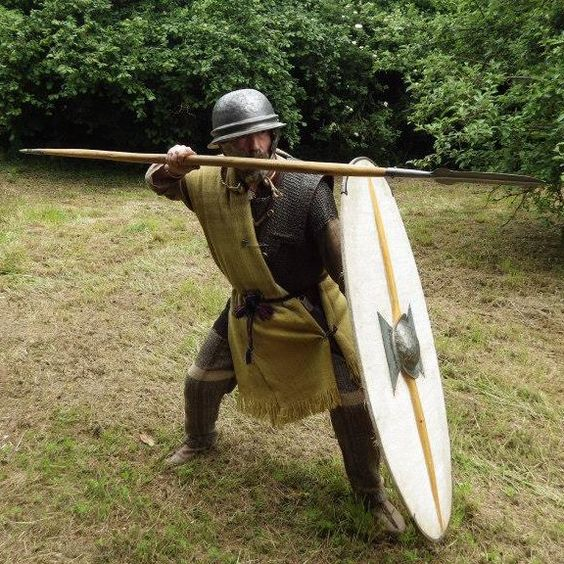
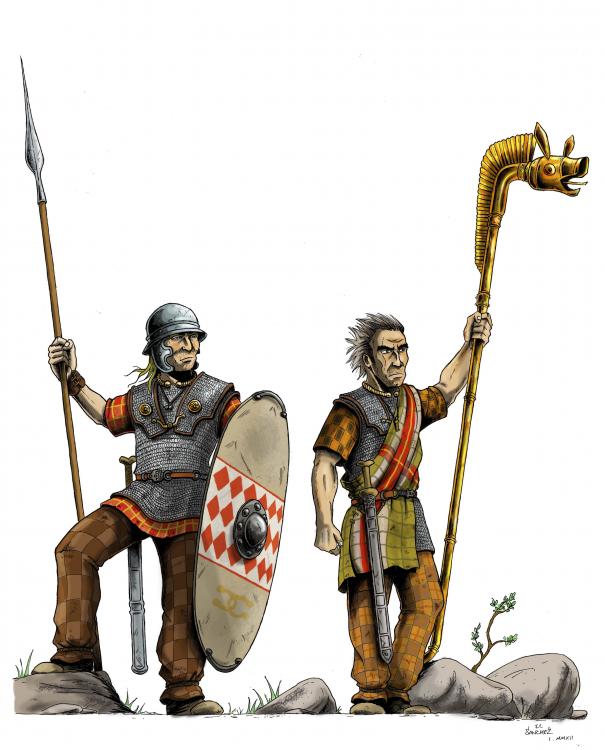

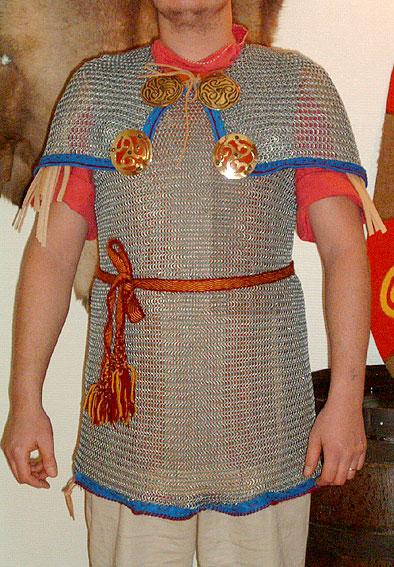
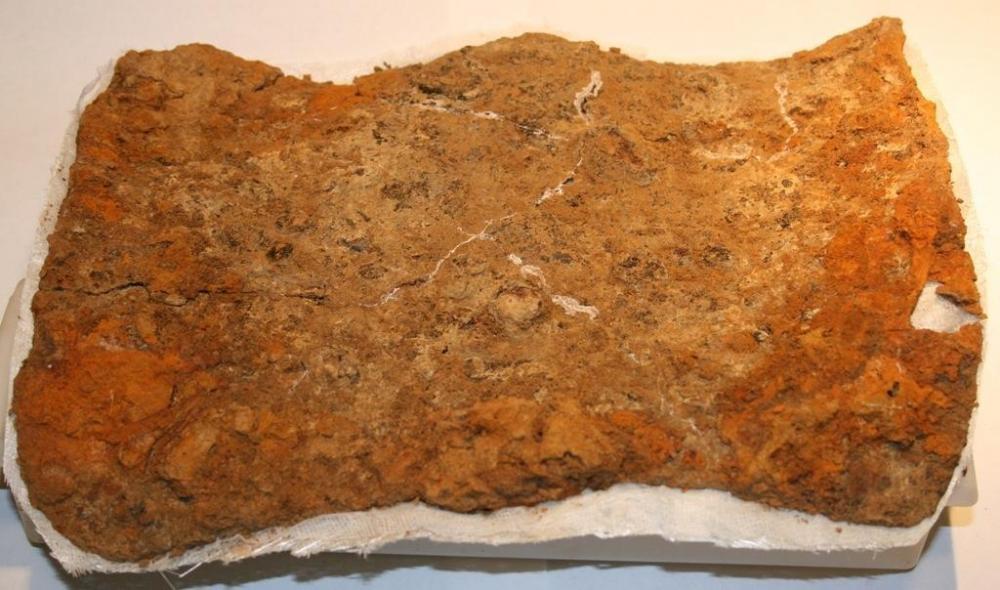
Others RTS - Discuss / Analysis
in Introductions & Off-Topic Discussion
Posted
I was not clear. I am just saying that the limits between a city builder and a RTS is a bit blurry sometimes. City-builder games can borrow RTS concepts and RTS games can borrow city-builder concepts.
Dawn of Man have not huge battle, it is only about defending yourself against some waves. It is a city-builder but with a few RTS features in it.